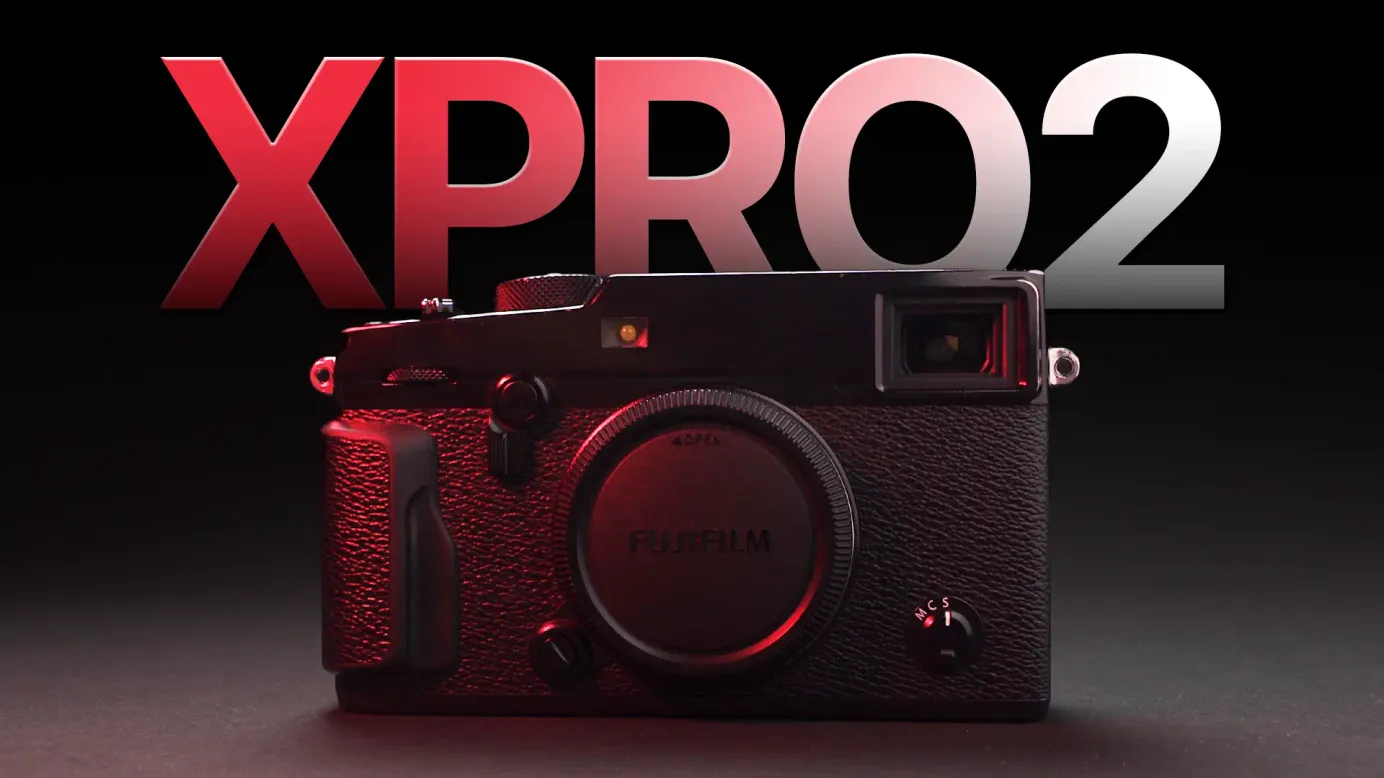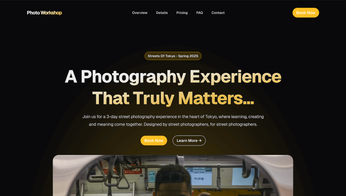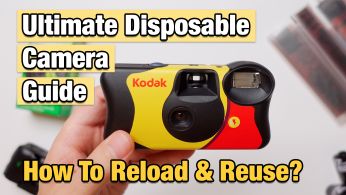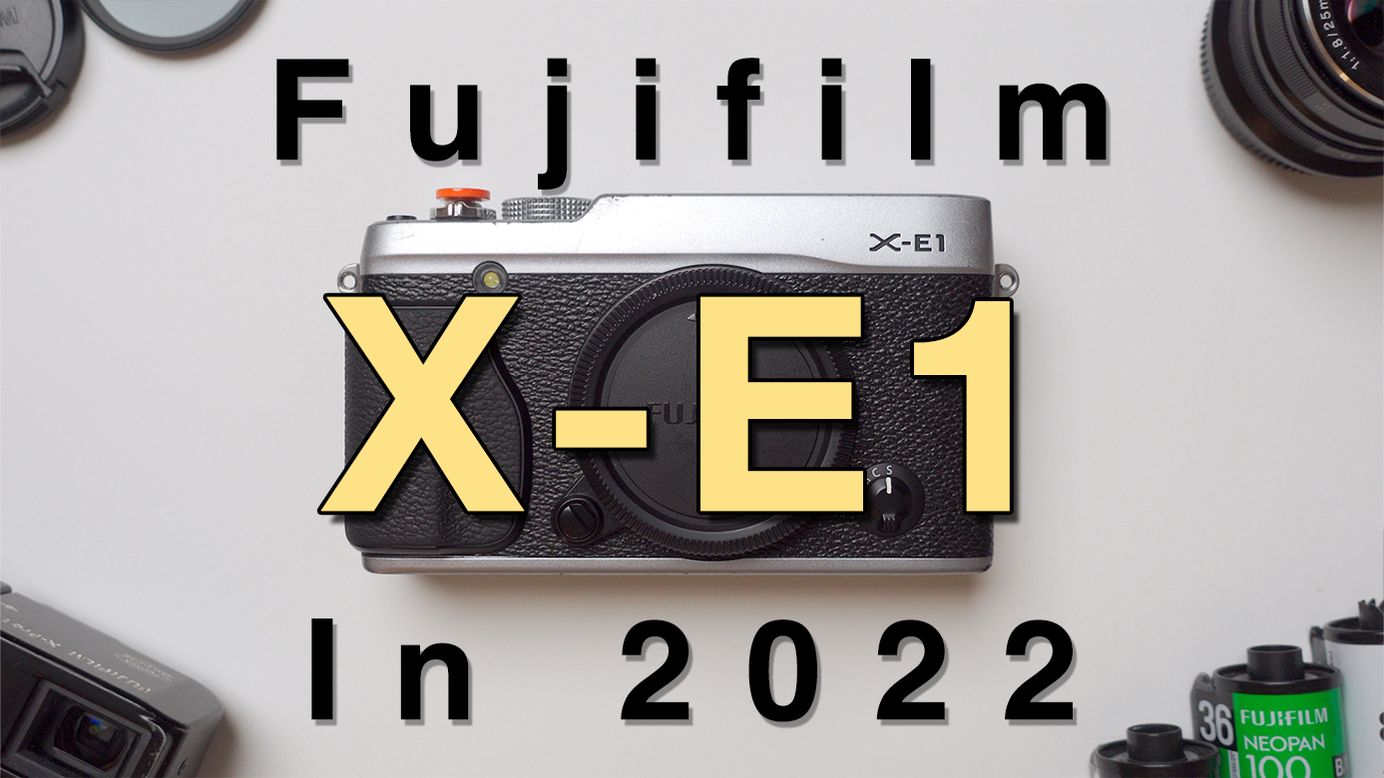
Fujifilm X-E1 In 2022 - Review With Samples
It’s all about the shooting experience, how it feels to use and the results you can get with it.
Table of Contents
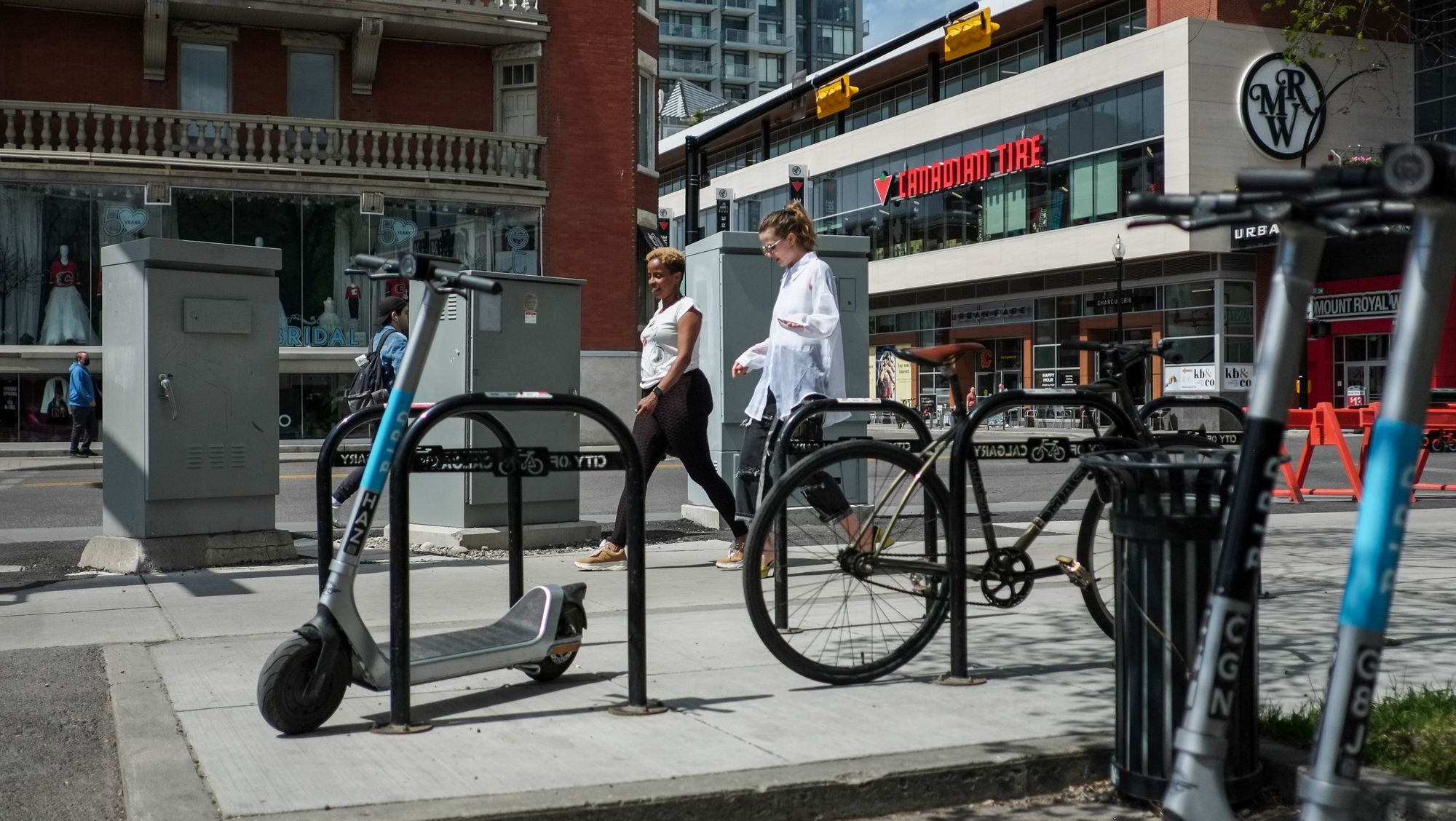
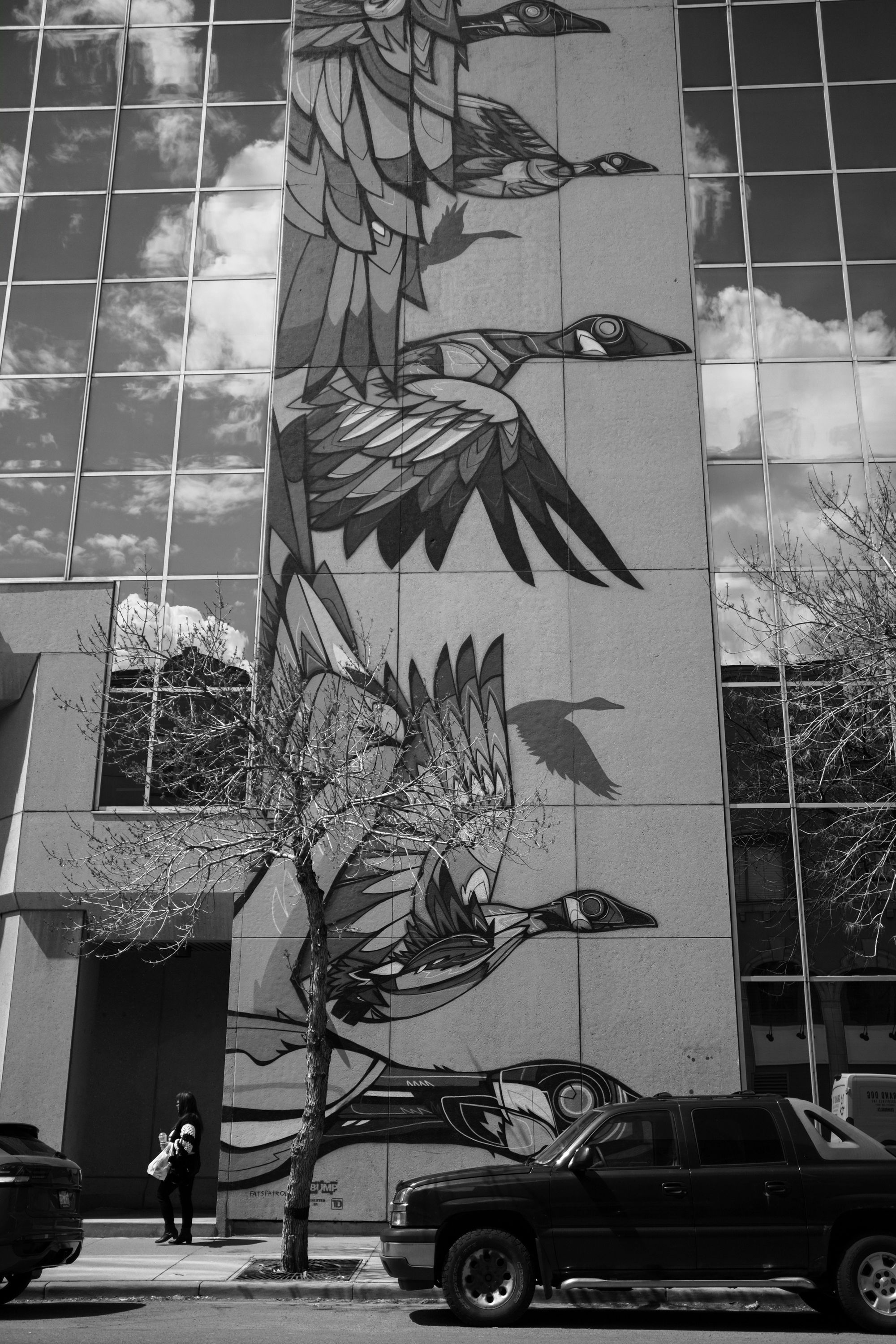
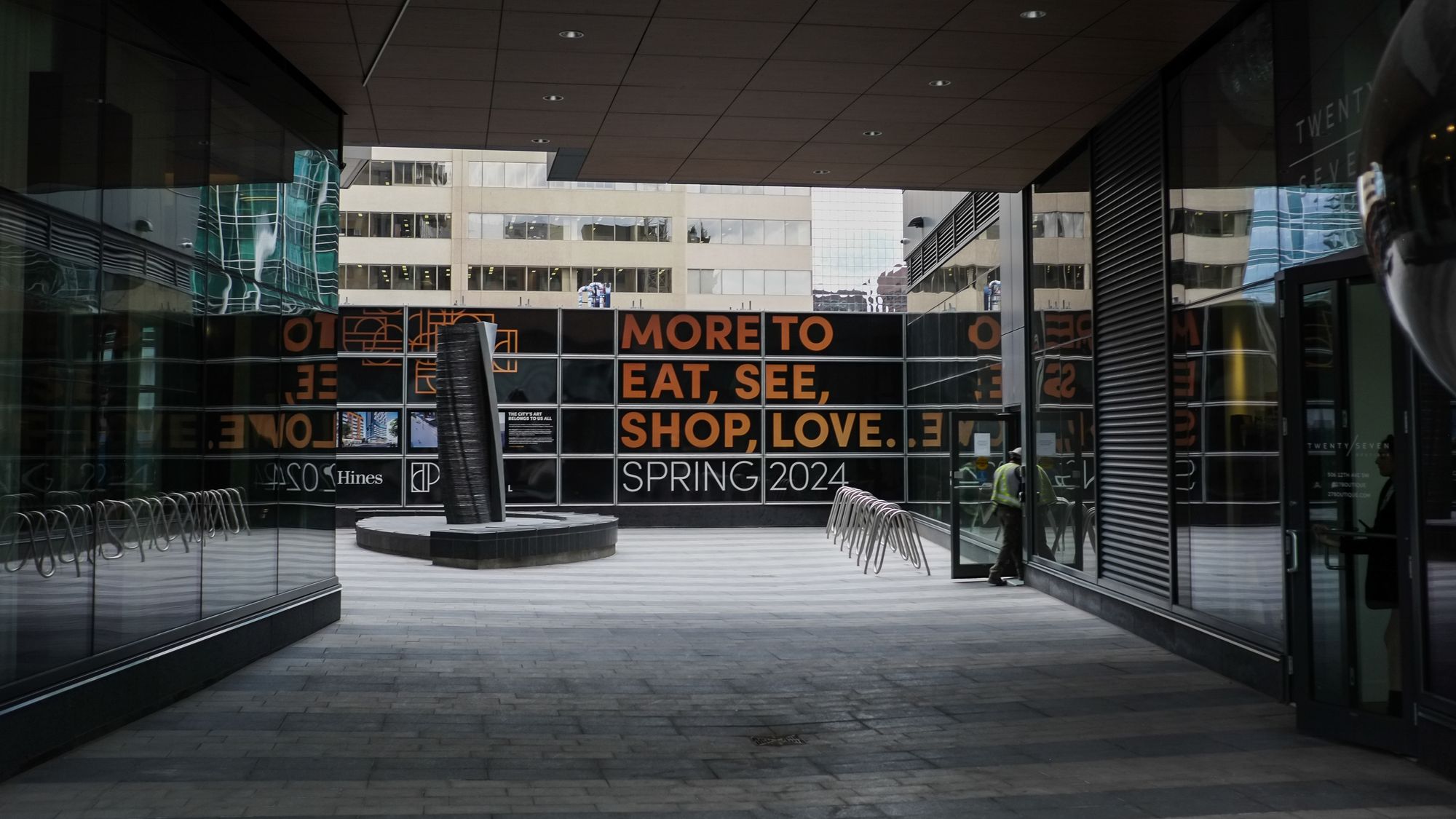
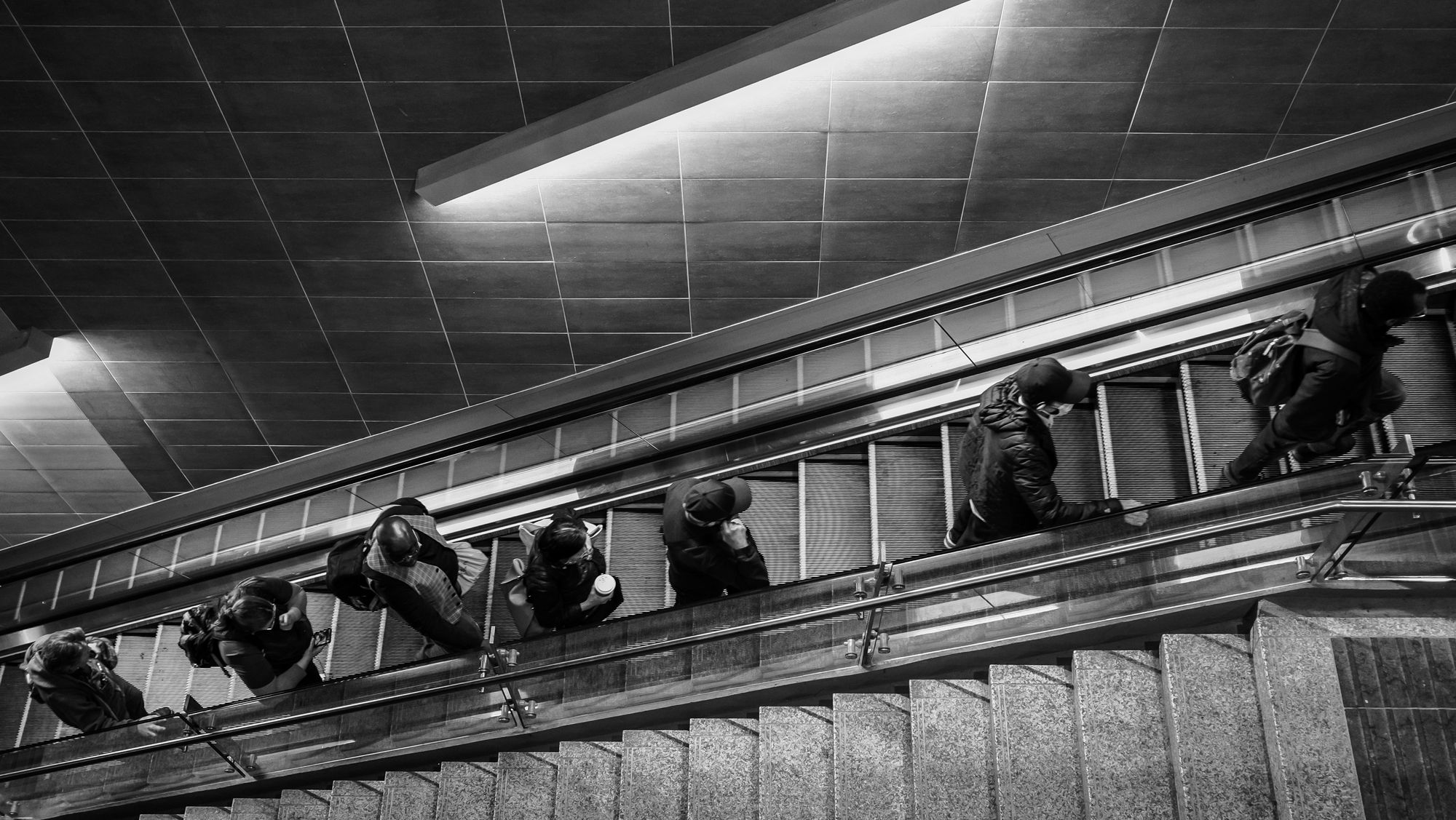

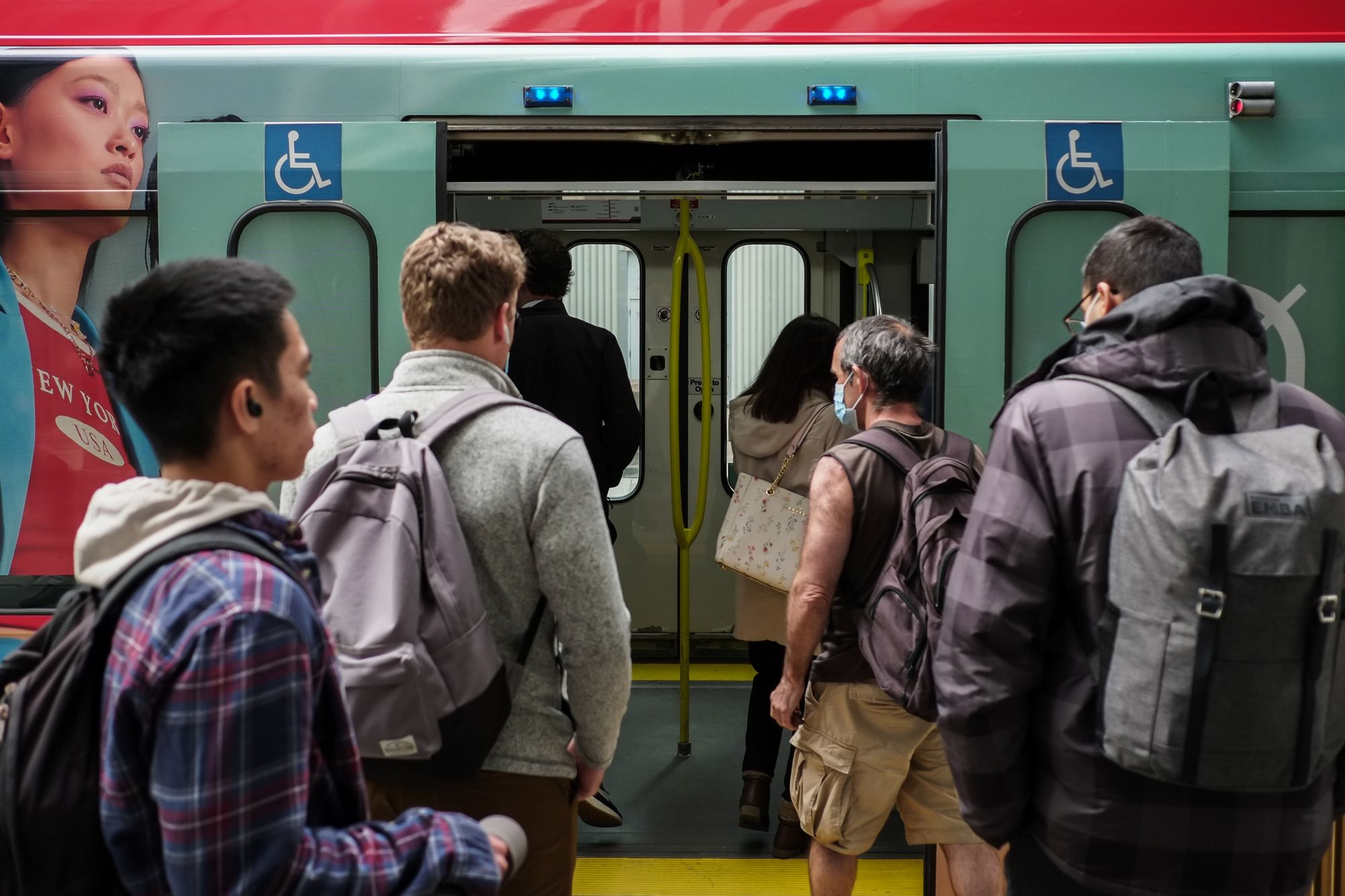
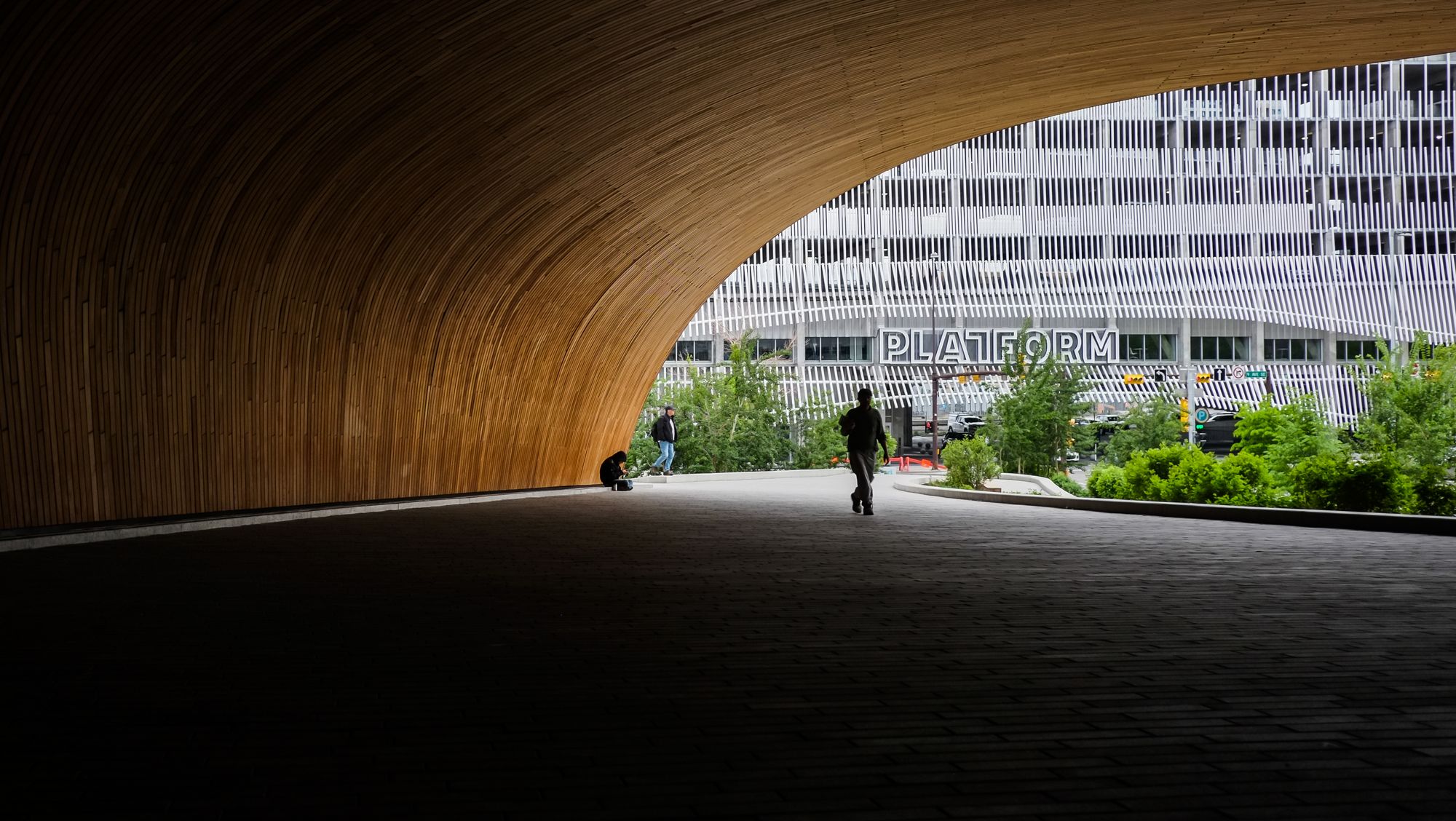
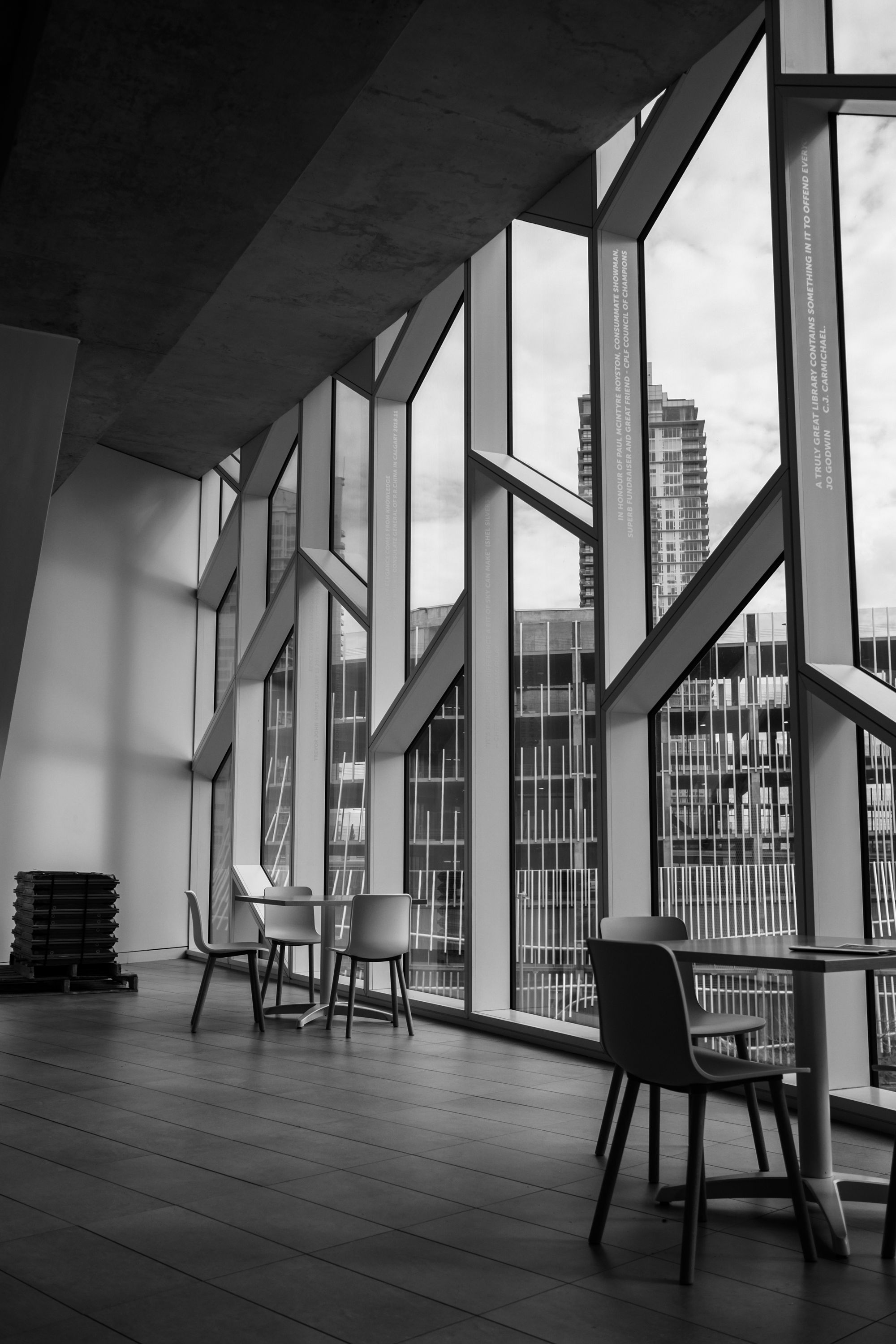

Time is relative, the human timescale seems to run linearly, but for technology, the timescale is exponential.
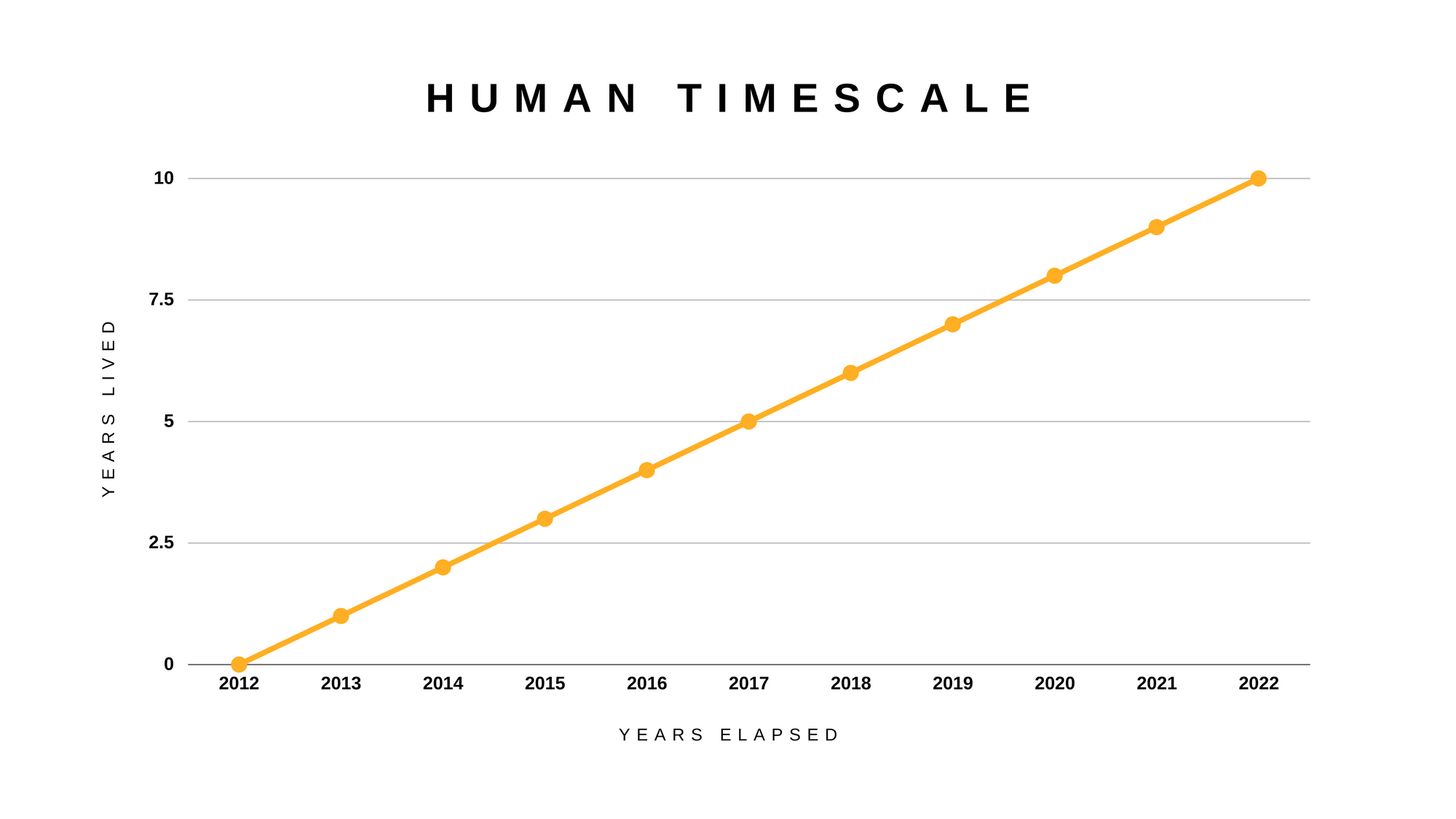
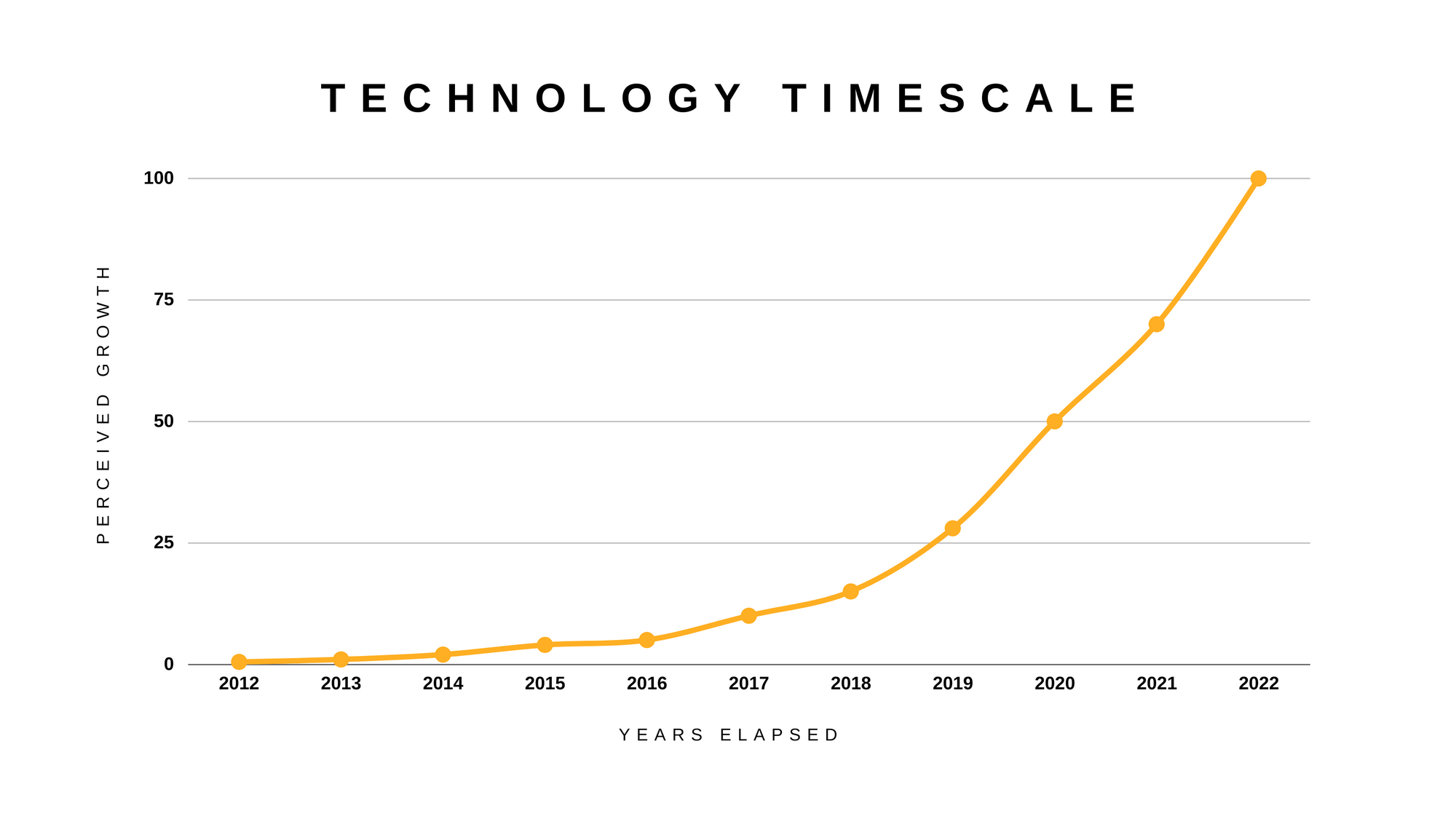
For some people out there, last year's iPhone is already obsolete, but if tech really has a different timescale, then why would you want to buy, use or review a 10-year-old camera?

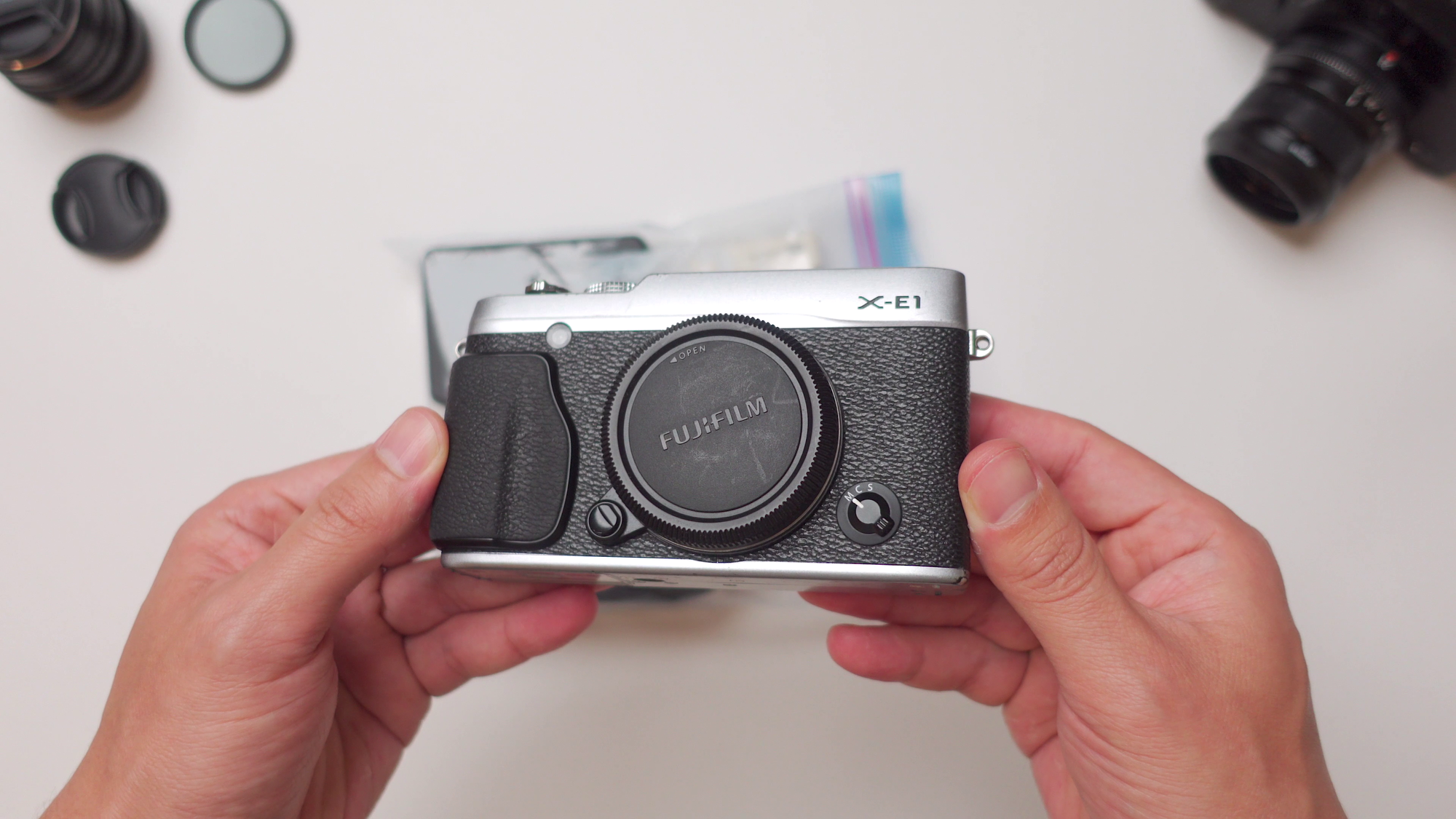
Very simple. It’s not about specs or the tech itself, It never has been, at least for me. It’s all about the shooting experience, how it feels to use and the results you can get with it.
Today we are talking about what many people consider to be one of the best bangs for the buck for street photography or even the best low-budget/entry-level Fujifilm camera, the Fujifilm X-E1, let's get started.
2012 Specs In 2022
I do not enjoy talking about specs, but this is the very first gen of the X-E line, so we have to refresh our memory about what the capabilities of the camera are. Let's get this out of the way so we can properly focus on the experiences I've had with this camera, which is the most important thing in my opinion.
- 16.3MP APS-C "X-Trans" CMOS sensor.
- ISO 200-6400, expandable up to 25,600.
- 2.3 million dot electronic viewfinder.
- The shutter speed maxes out at 1/4000th.
- No built-in ND filter.
- X-Mount.
- No weather sealing.
- Pop-up built-in flash
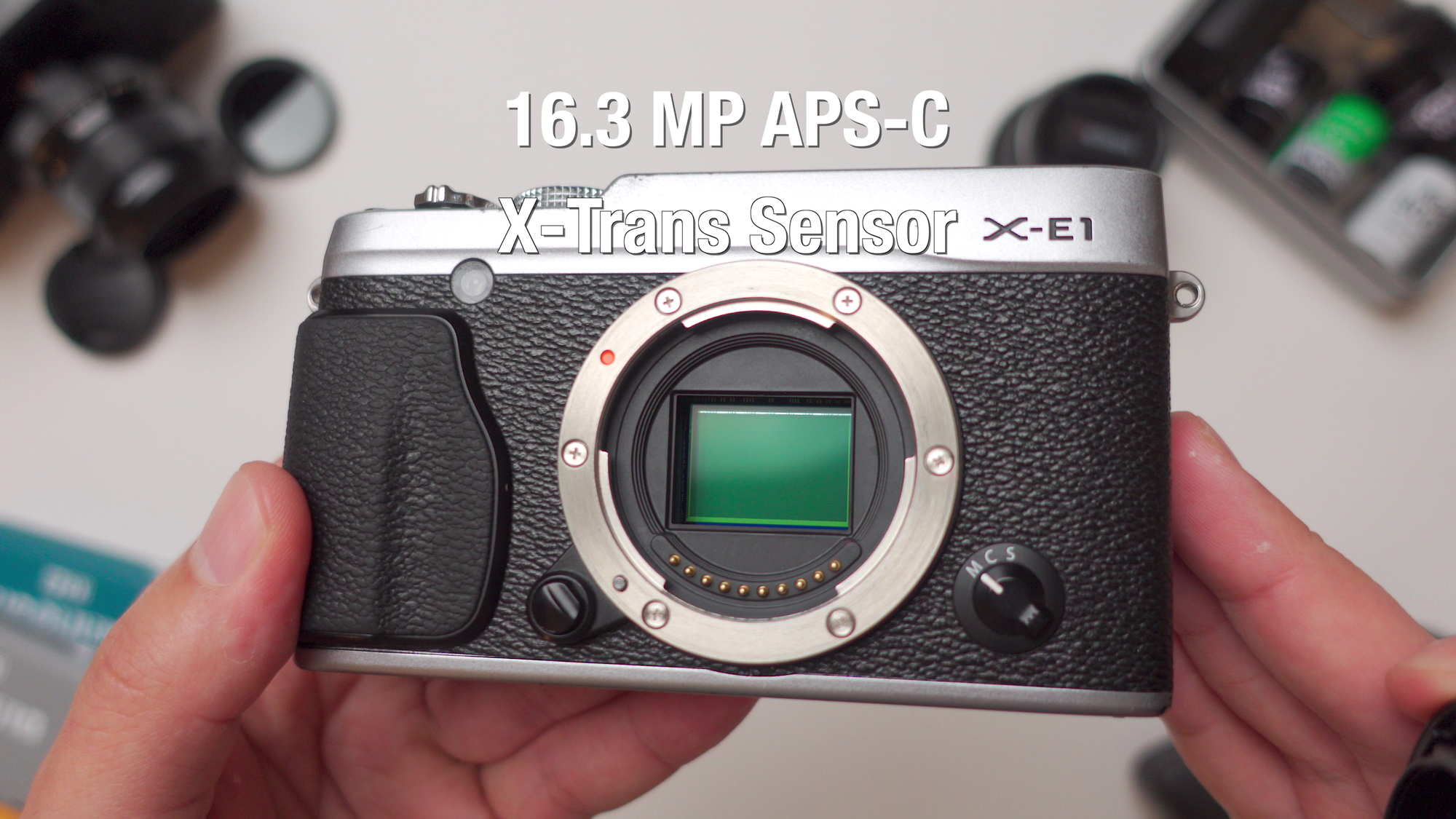
The Fujifilm X-E1 has a 16.3megapixel APSC X-Trans Sensor, the exact same sensor that you can find on the X-pro1, that’s important, more on this later.
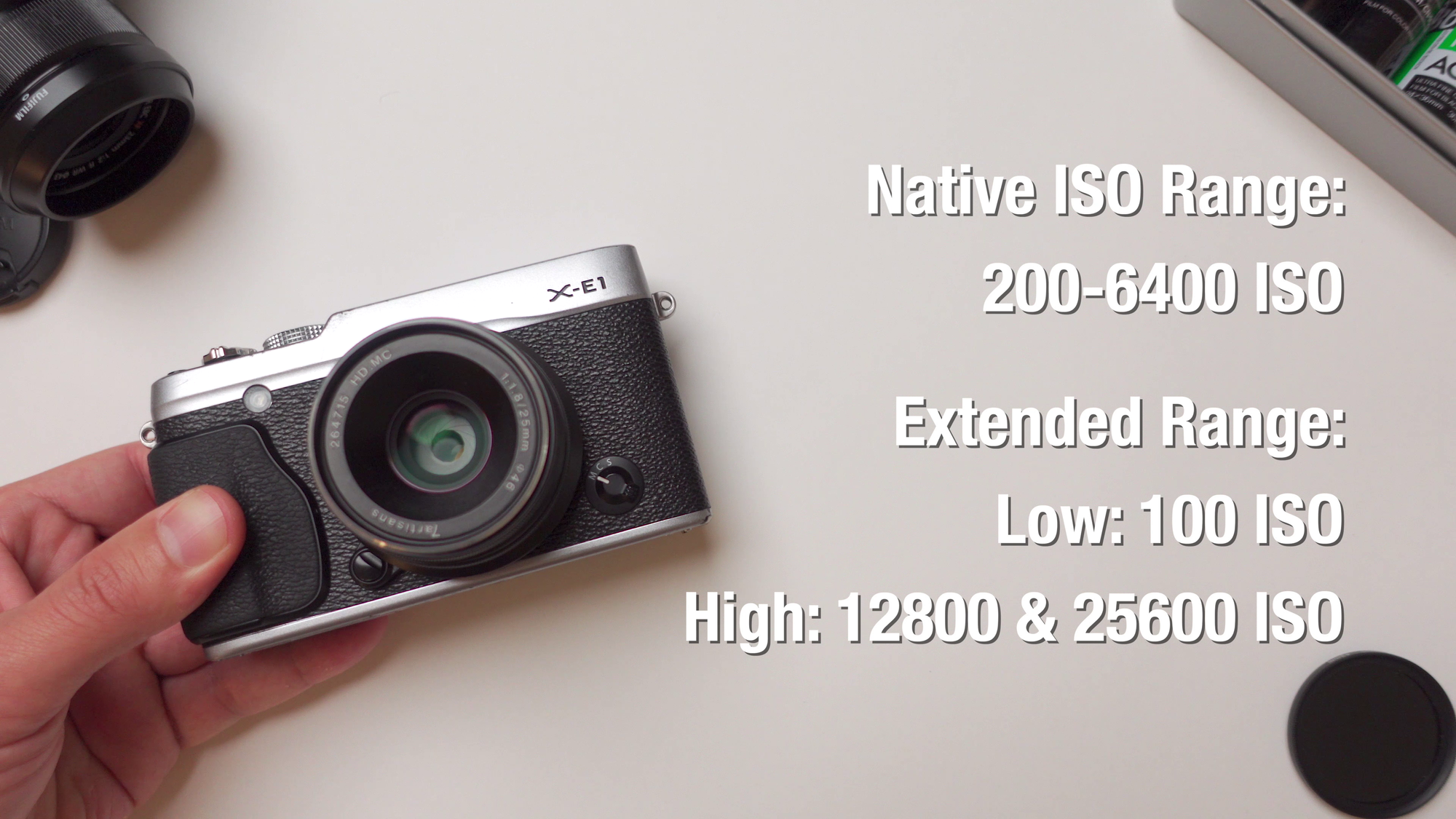
The native ISO ranges from 200 to 6400, with extended ranges on both the low end and the high end as well. I recommend staying under 3200 ISO for cleaner files.
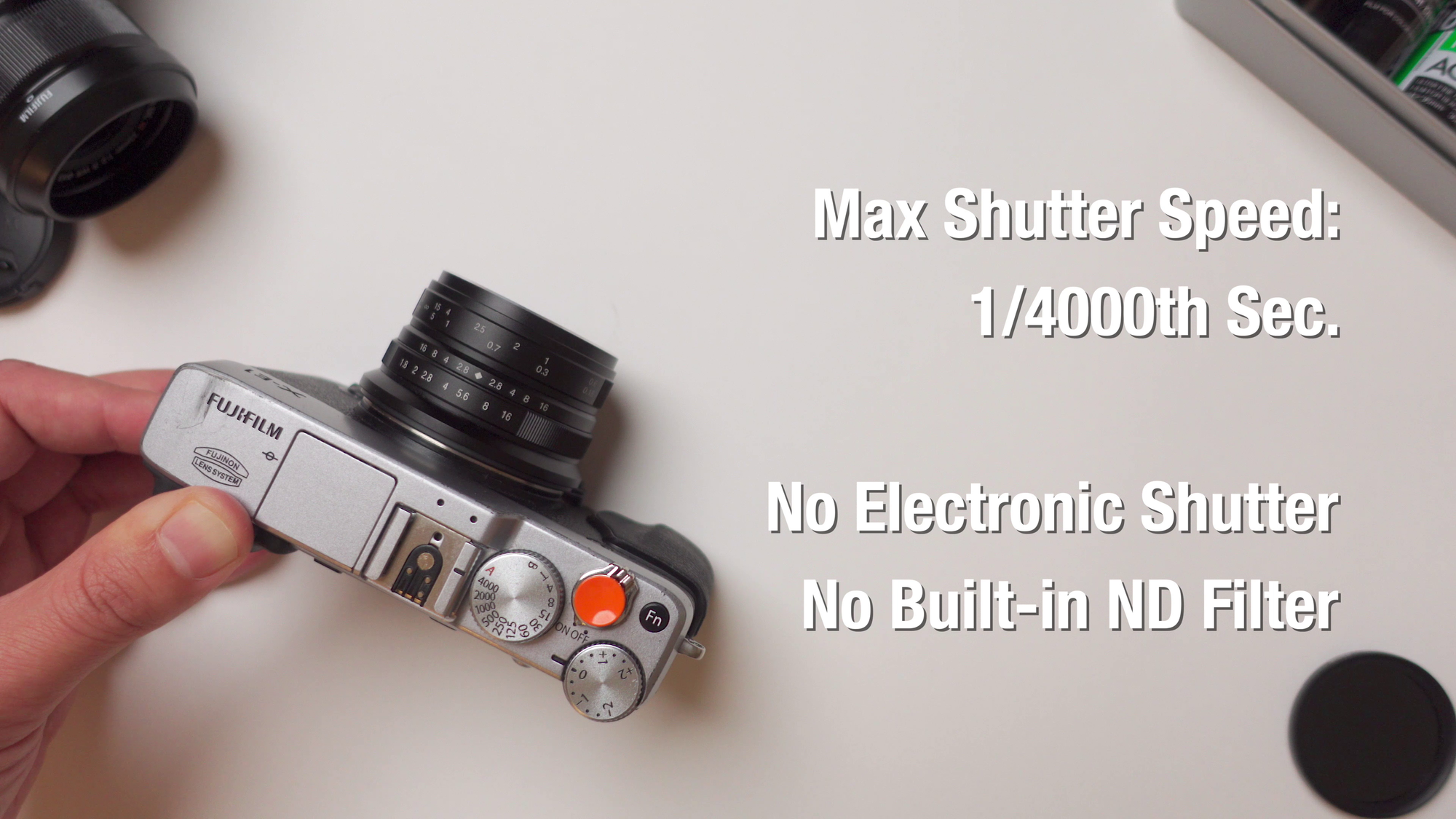
The mechanical shutter speed maxes out at 1/4000th of a second, and the camera has no electronic shutter and no built-in ND filter.
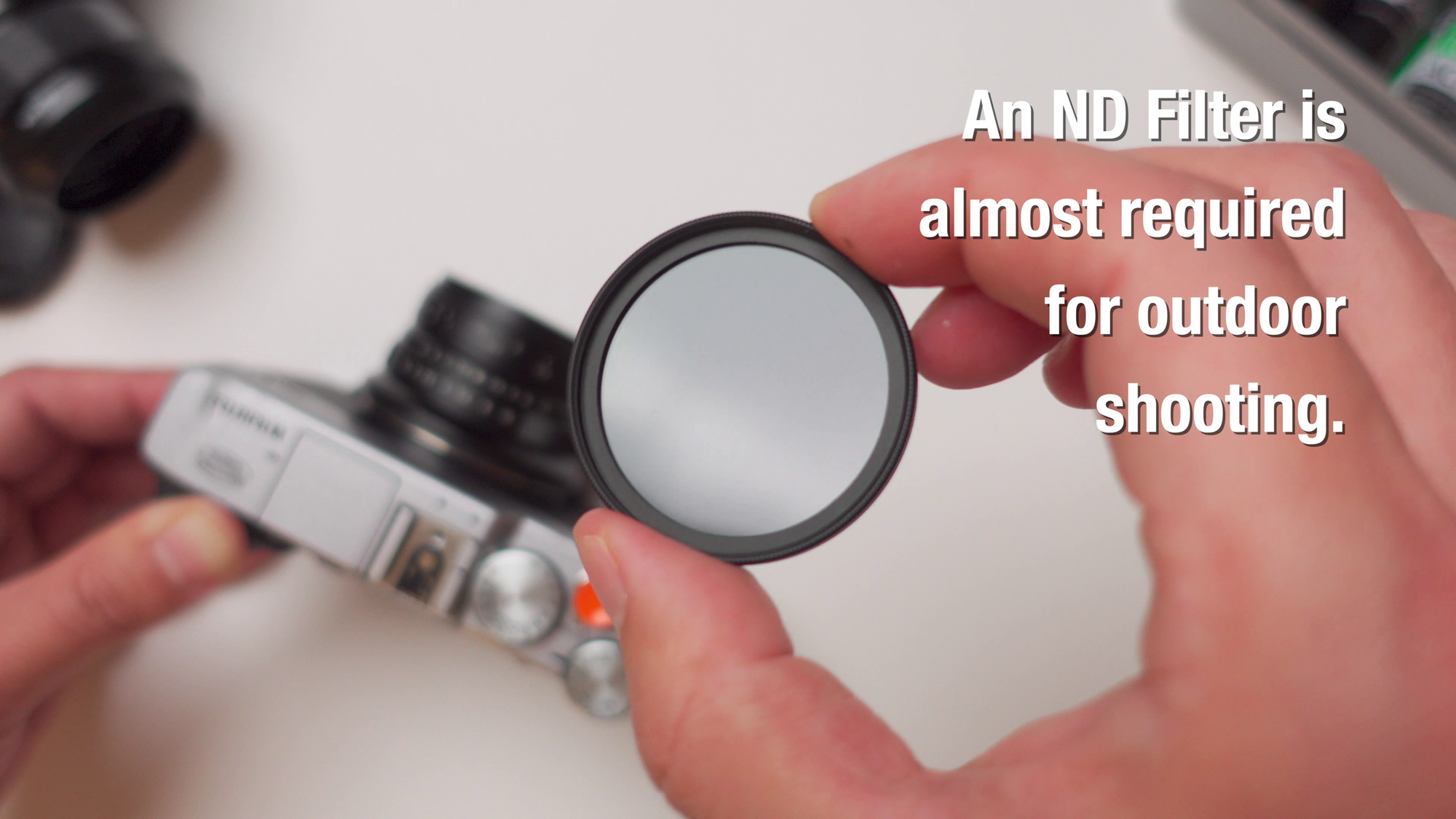
That makes it shooting in brighter environments a challenge, so you will definitely need one of these, more on this later.
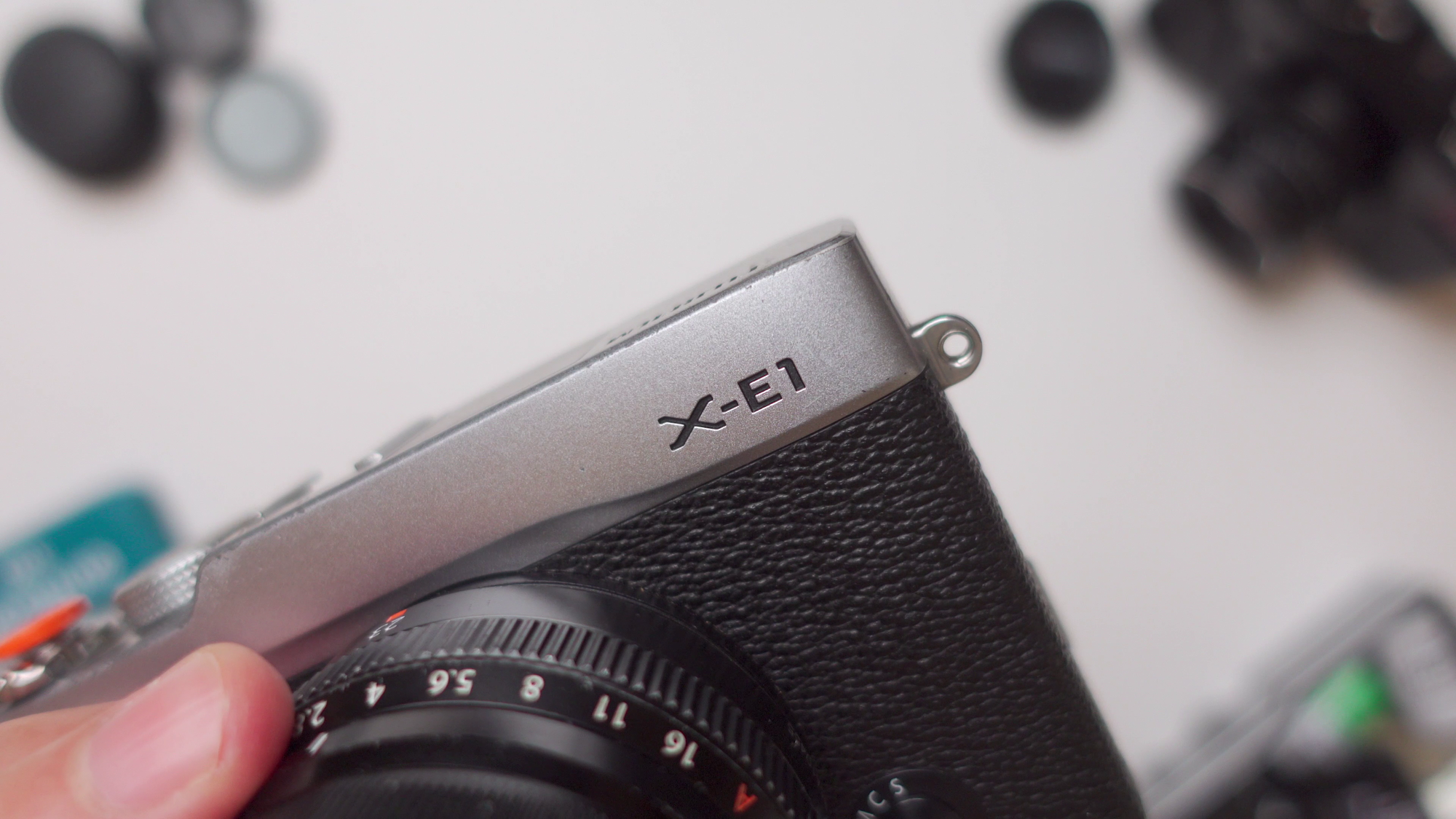
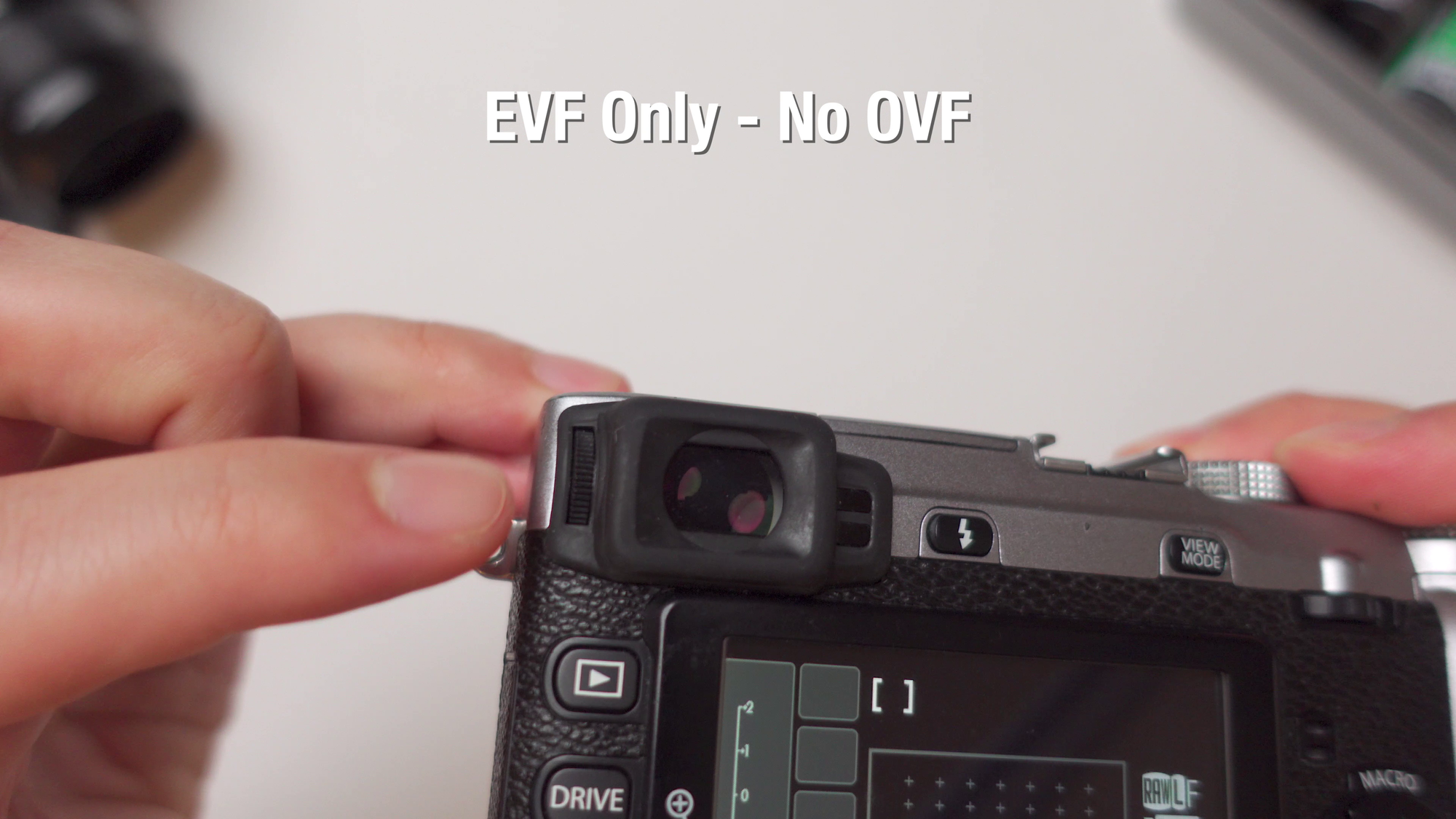
Unlike the X-Pro1 or the X100 series, this camera only offers an electronic viewfinder, no optical viewfinder here. That being said, the X-e1 does have a diopter adjustment dial, thank god. And the viewfinder itself is a 2.3 million dot OLED display, which is pretty decent, and a noticeable improvement over the X-pro1.
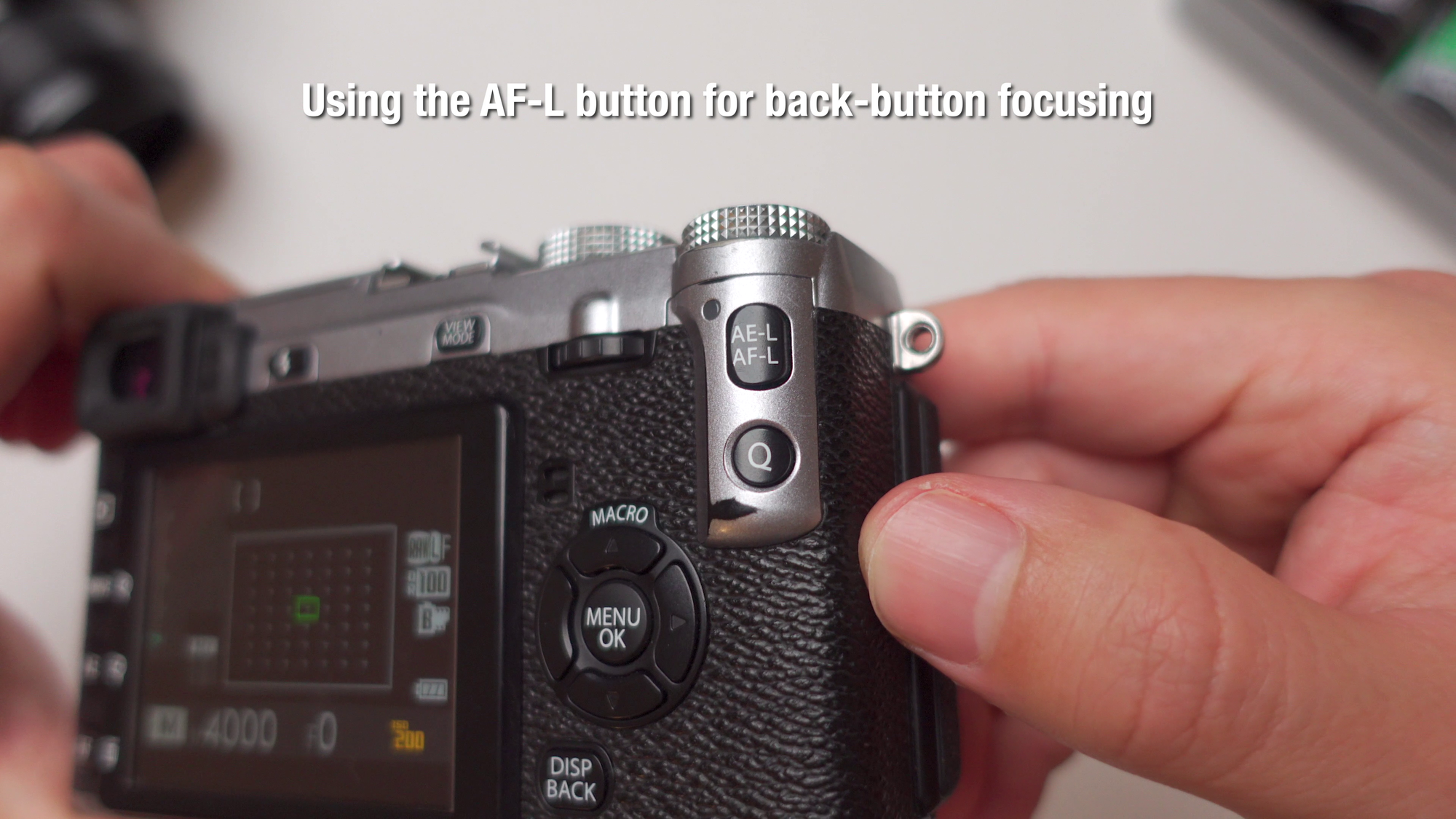
Focusing is slow unless you shoot as I do, back button focusing works every time for me, so keep that in mind, If you’d like to see how I shoot using back button focusing, and how I set up my cameras, then check this post:


And last but not least, the camera also has a built-in pop-up flash. More on this later.
The Relevancy Of Specs
If you’re doing a very specific type of photography where your results truly depend on the gear and the features or capabilities of the gear, then, by all means, choose based on specs.
But focusing only on features and specs is usually not the way to go. it can potentially help us navigate or at the very least inform our purchasing decisions. And that can be valid, but specs are not everything.
Therefore, as I said in the X-Pro1 review, comparing an older camera, in this case, the X-E1 to any newer camera, and trying to assess it that way, is setting it up for failure because by default it will be worse than anything else that you pit it against.
So from the get-go, ill say that this camera will be slower than any smartphone, or any other somewhat modern camera.
But the image quality, the electronic viewfinder, and overall results are just incredible "IF" you have the patience to take it slow, make the most out of it and treat it almost like a film camera.
The Image Quality

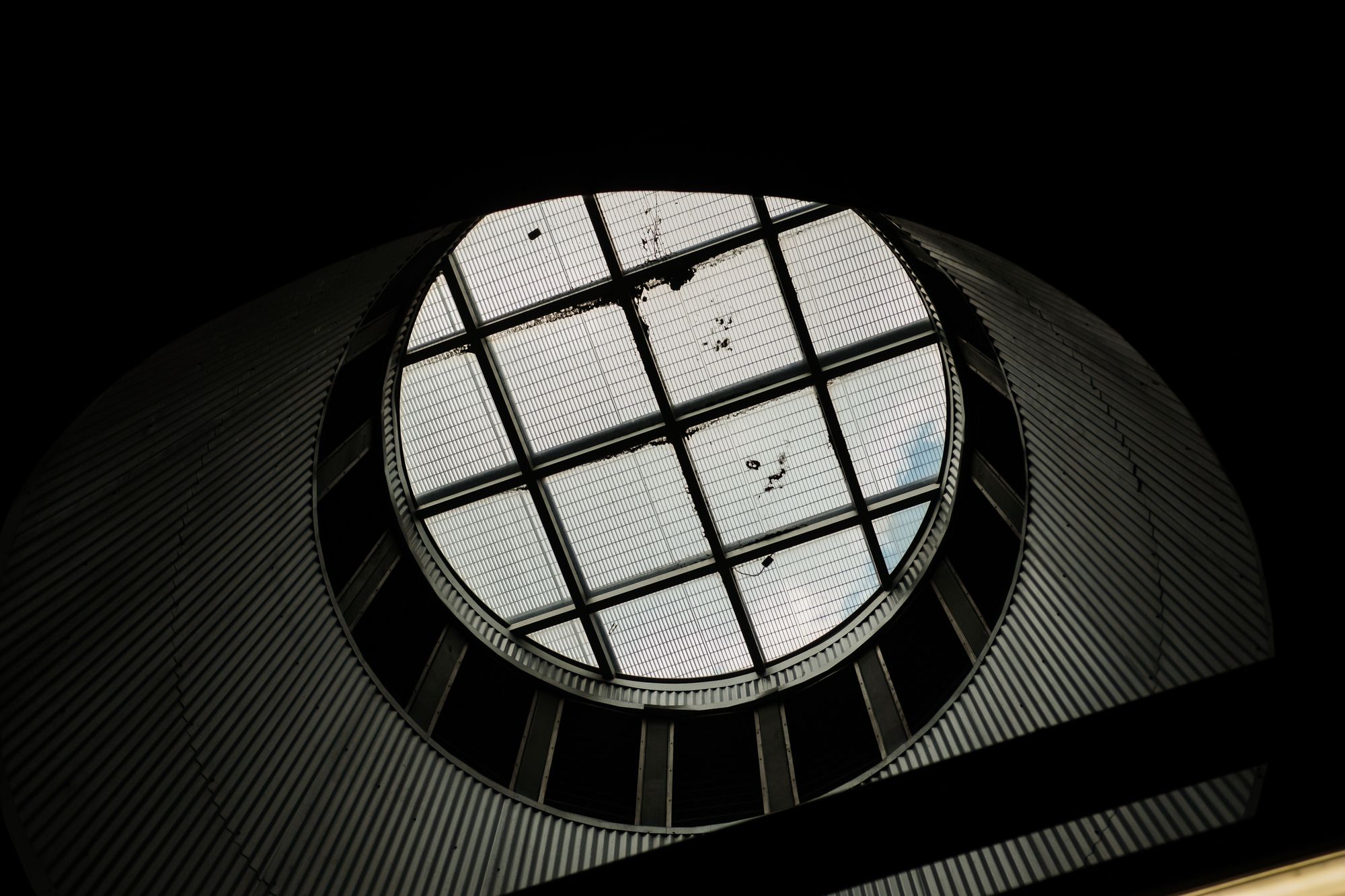


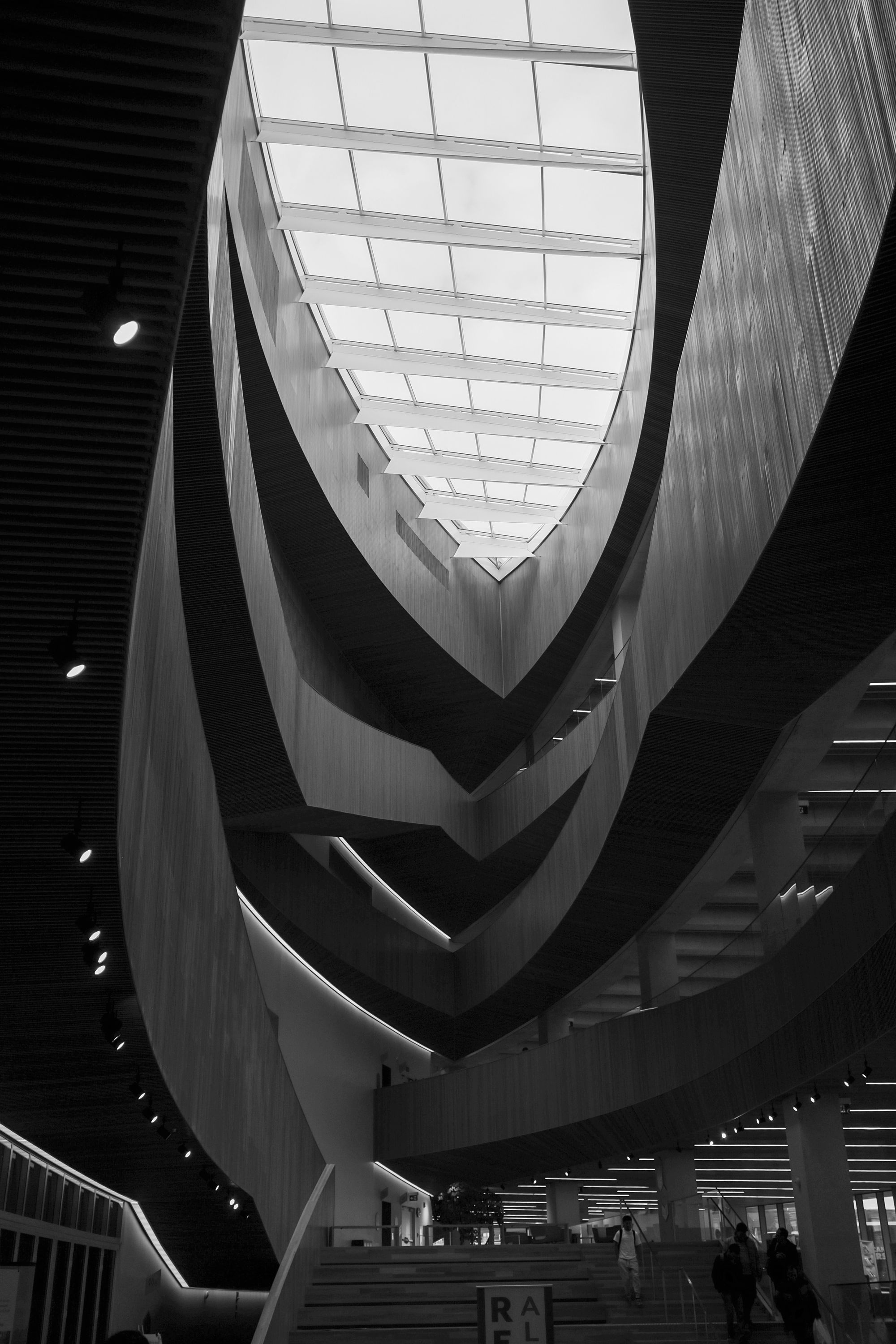


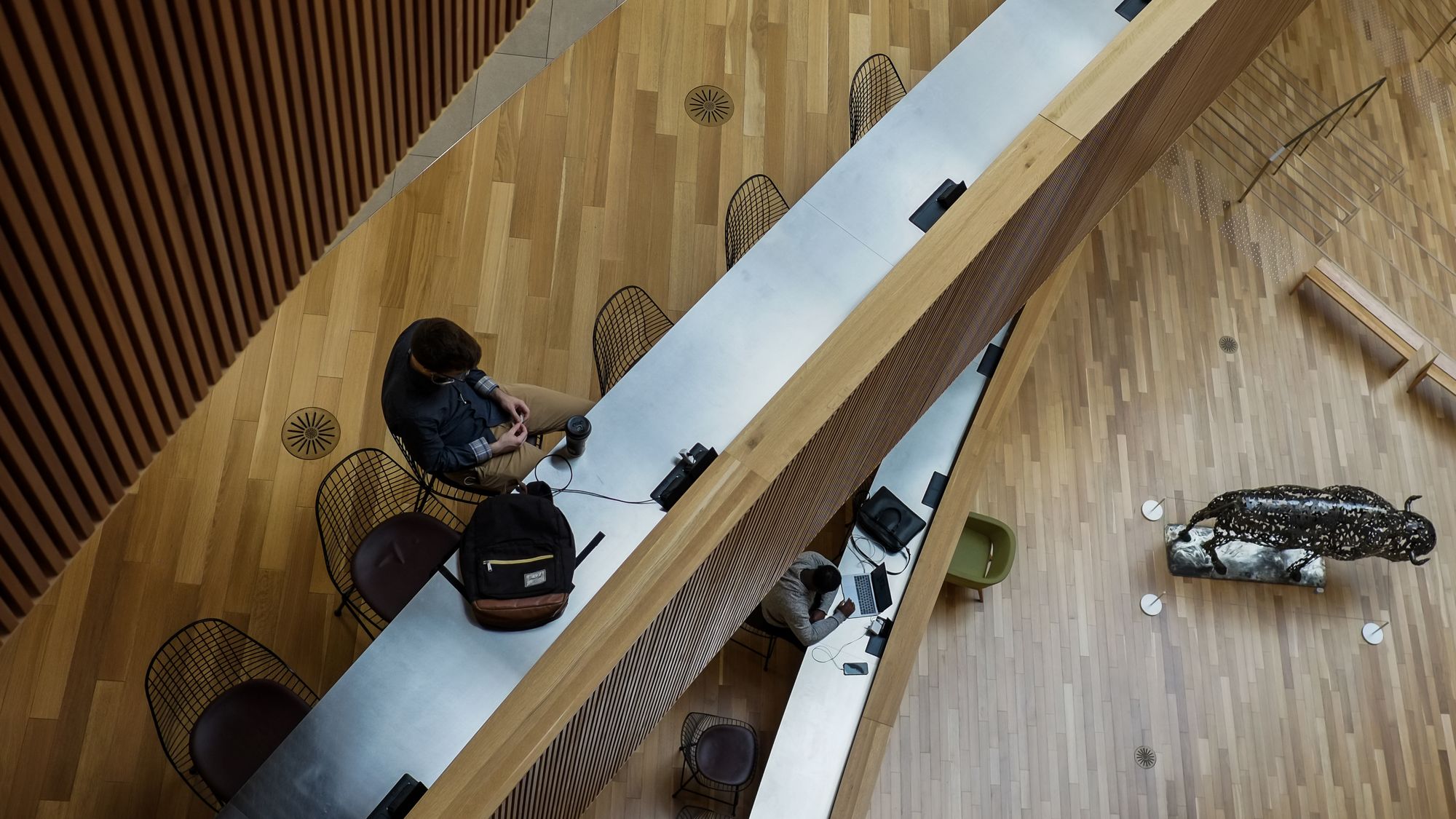

The 16.3-megapixel sensor in the X-E1 is good enough, in fact, it’s the exact same megapixel amount and resolution as my first camera, the X100T.
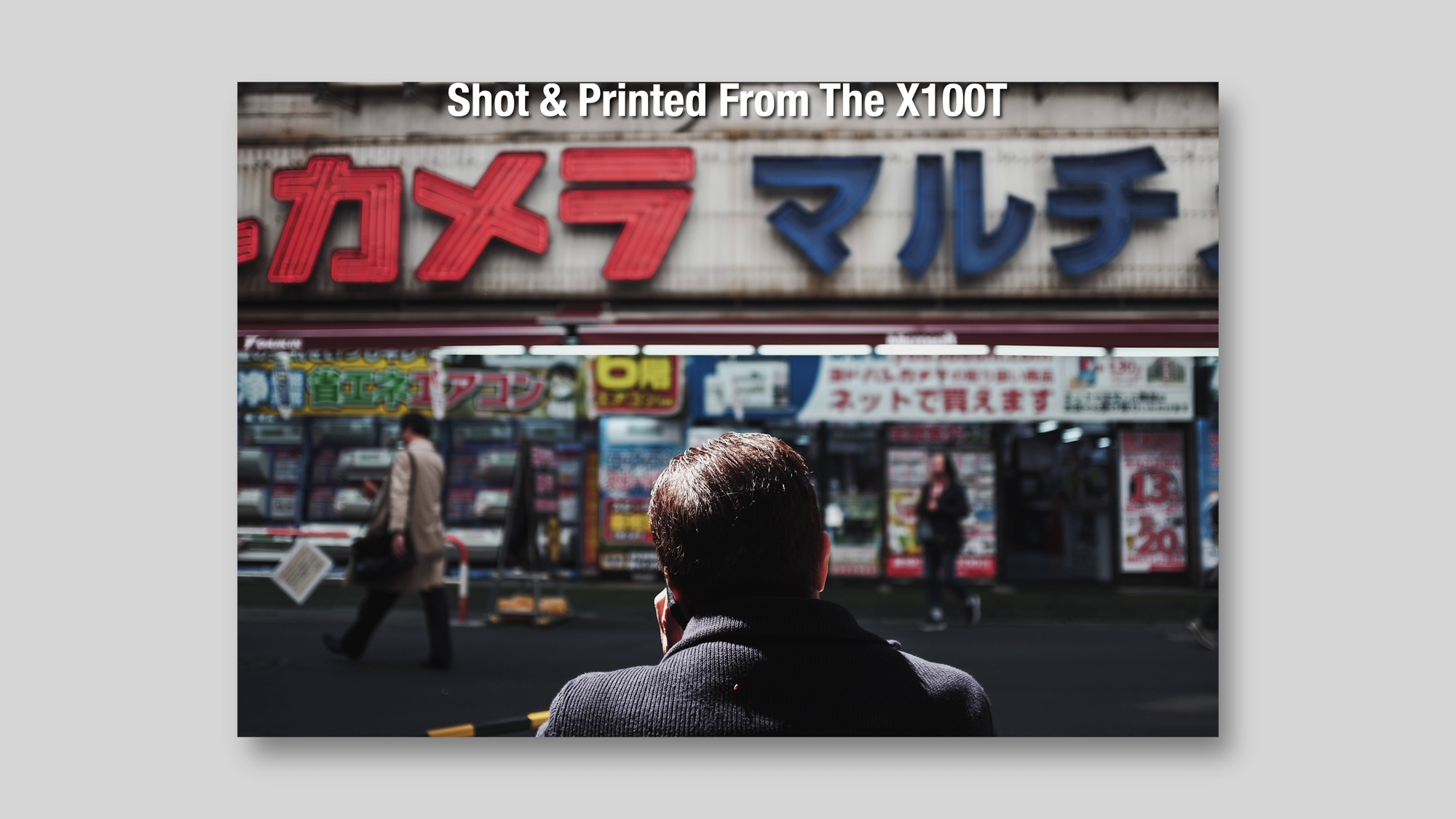
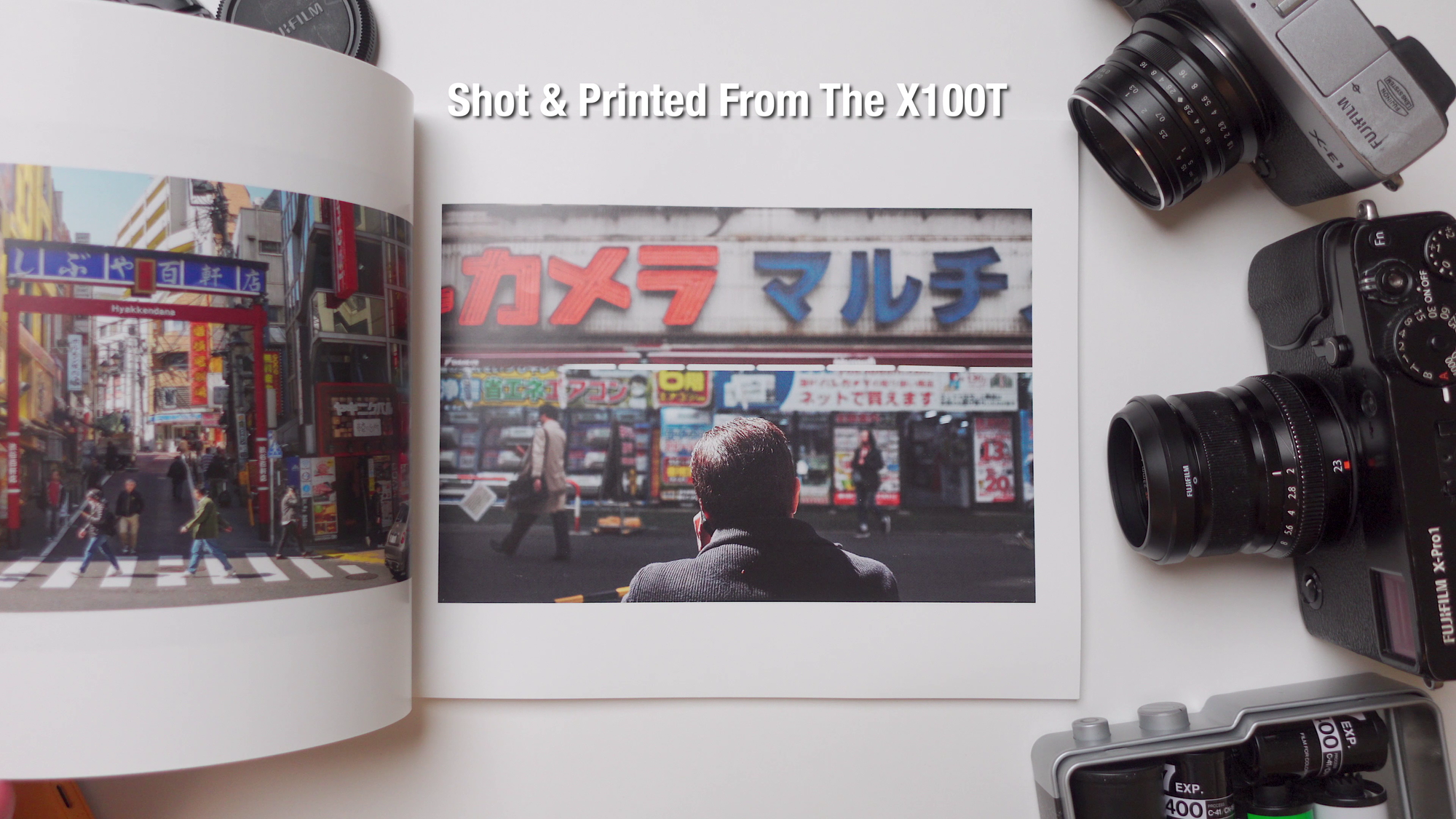
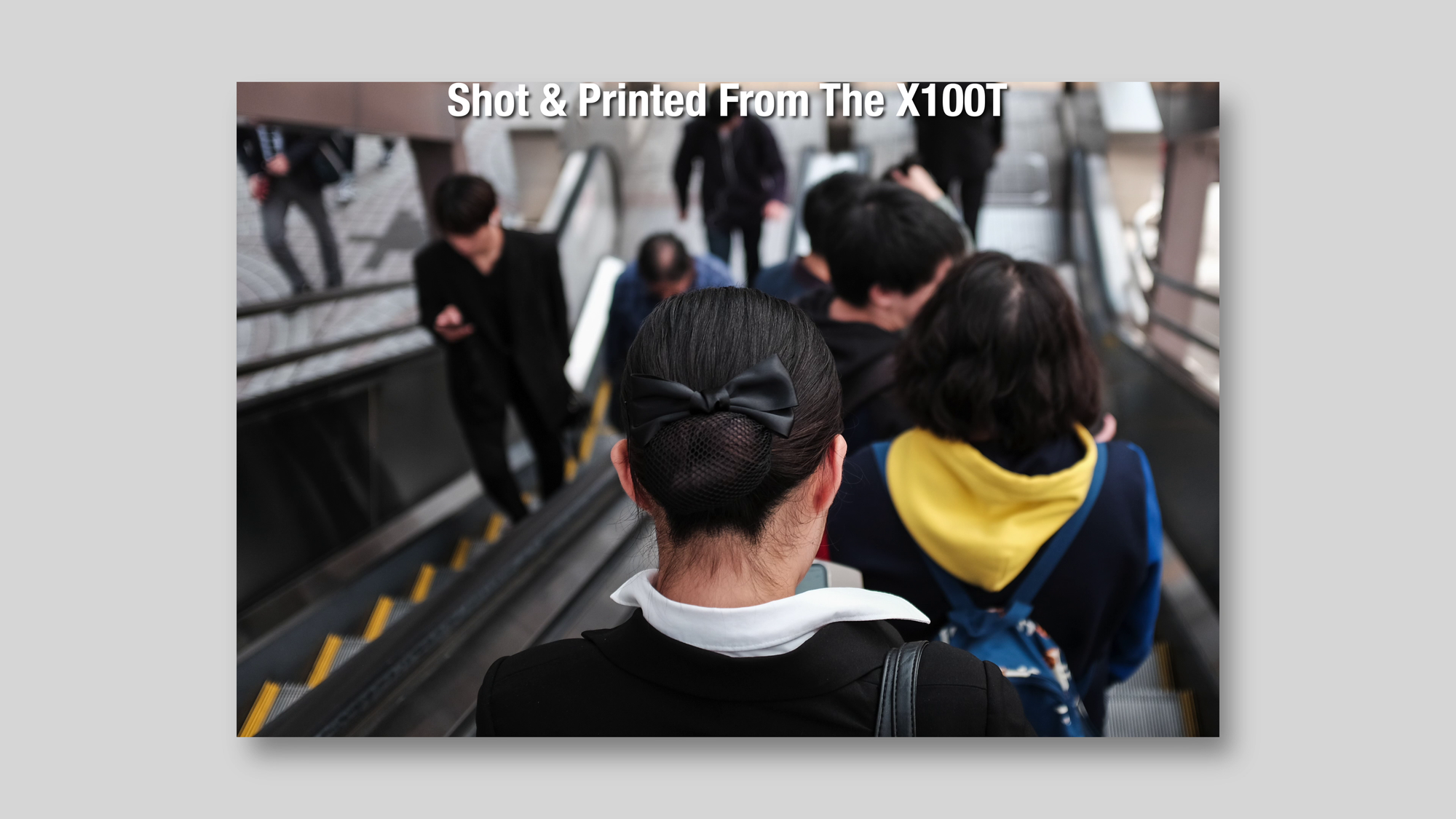

16.3-megapixel is more than enough for printing your files, either a photobook, small prints or even larger prints as well.

The native ISO tops at 6400, and although the expanded ISO can go even higher, I suggest staying under the 3200 ISO range to get cleaner files.
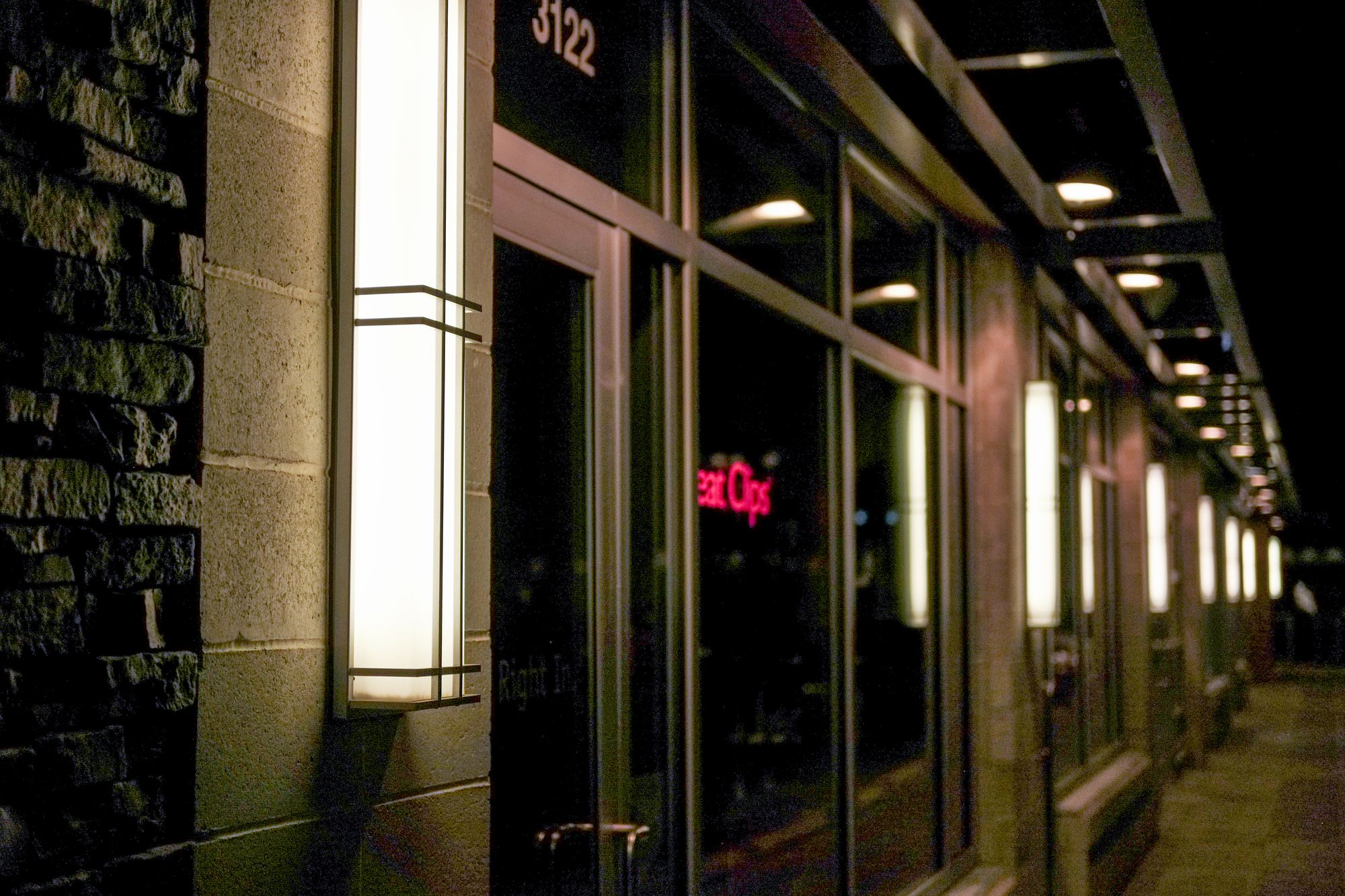
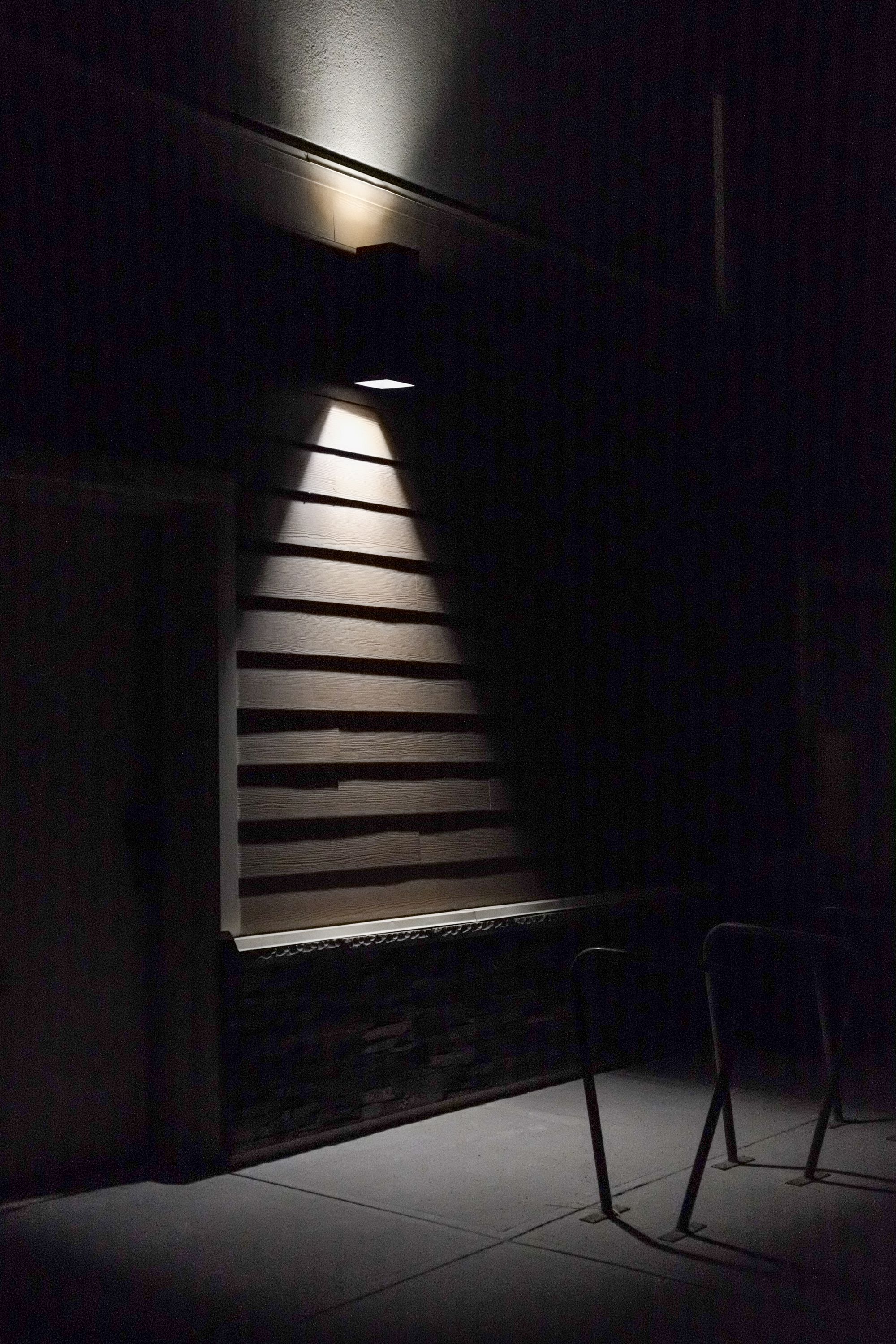
Pushing the ISO beyond 3200 will introduce a lot of noise and the low-light performance of this camera is not great.
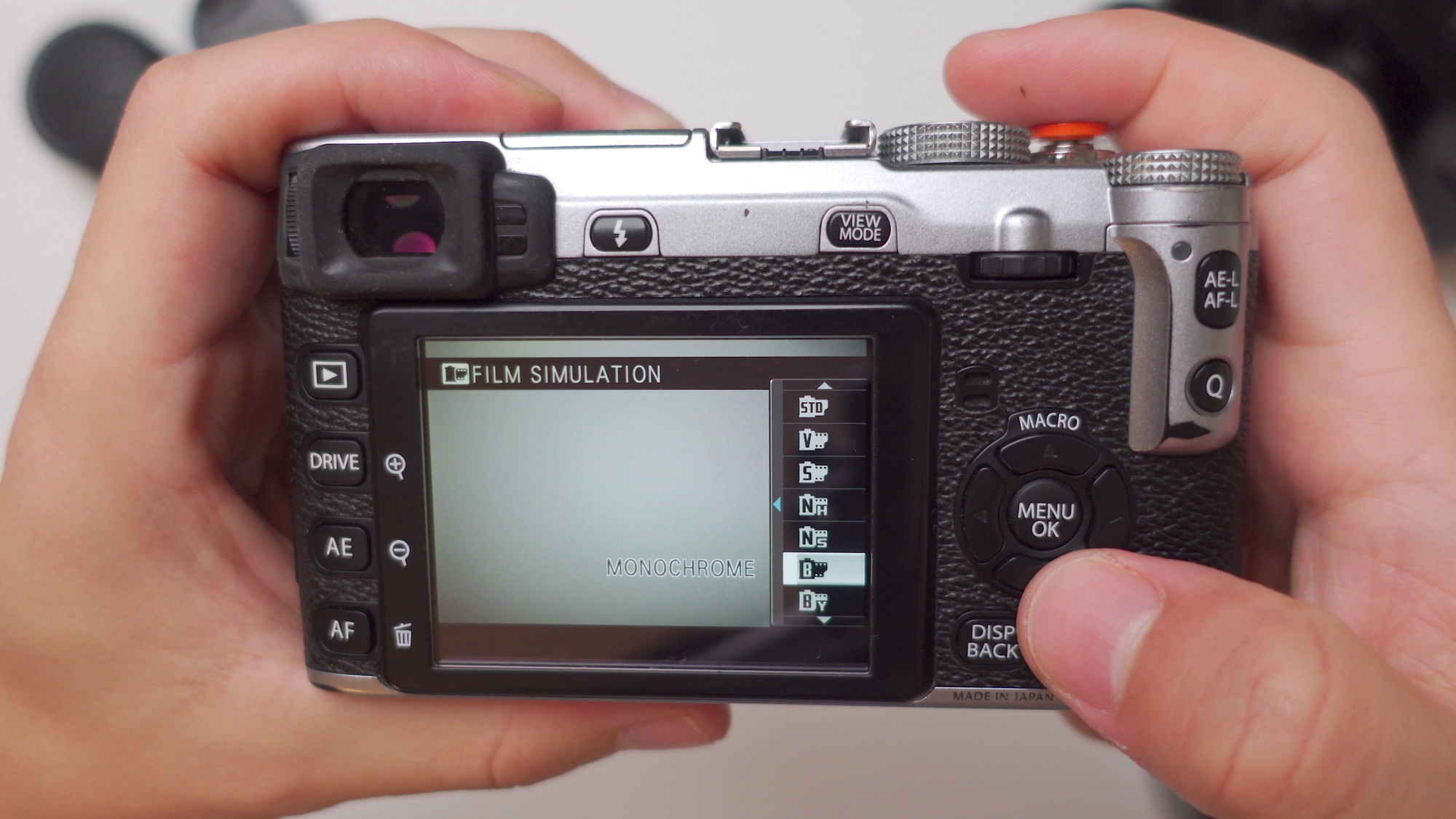
The built-in simulations and colours are great, this is probably one of the strongest features of this camera, especially if you shoot as I do, JPEG only, in manual mode, and using back-button focusing.
The colour science and results are some of the main reasons why people like me look past all the cons of cameras like these. But the most important reason or feature is the following one.
The Original X-Trans Sensor
This is probably the most important thing about the camera. I have mentioned before how the Frist gen X-trans sensor has an organic, film-like look, that is hard to replicate in newer and faster cameras.
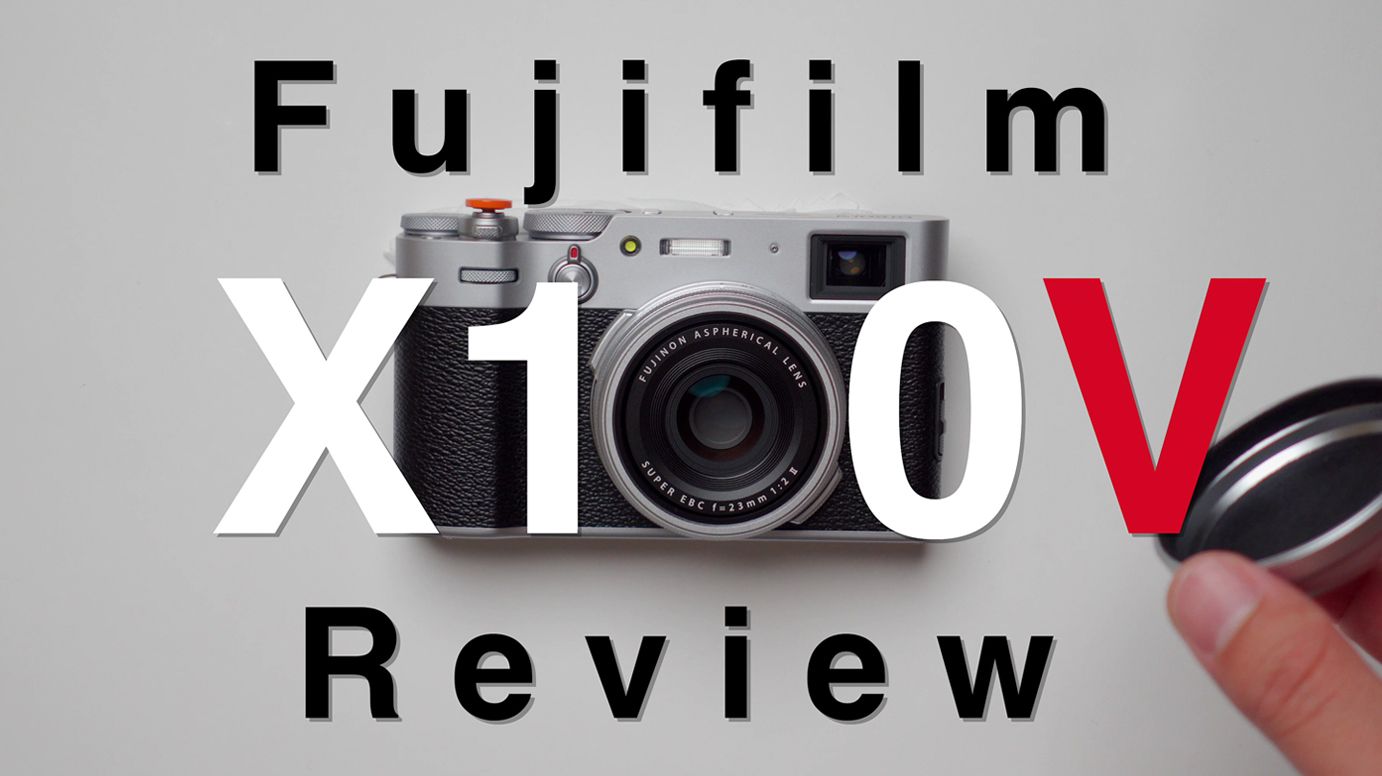
Even cameras like my X100V, are too clinical and too clean, and with every new generation, the magic sauce seems to decrease. This sensor is very flexible, and it allows us to customize profiles, film simulation recipes and experiment with the colours.
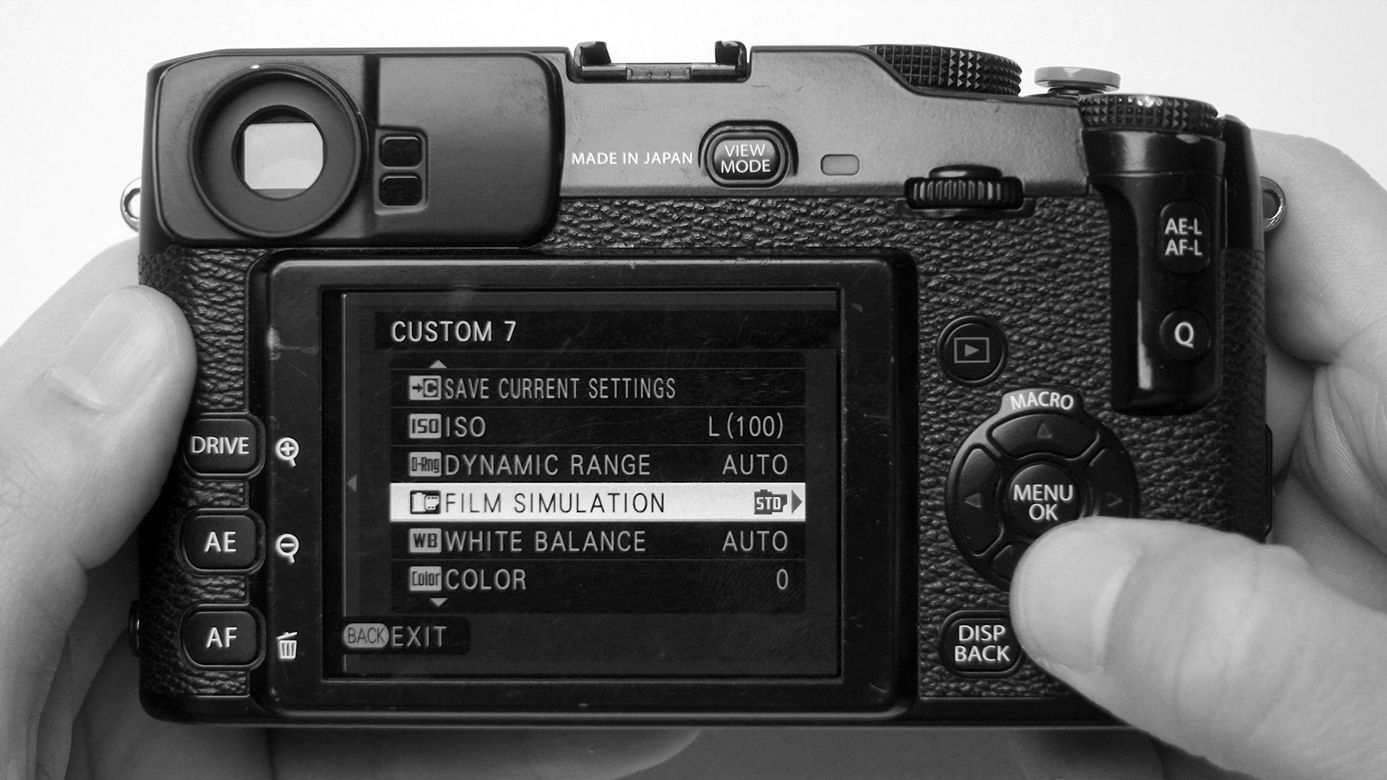
You can easily find film simulation recipes and presets online, like My custom black & white simulation recipe specifically made for the first trans sensor, posted on my website.

Places like Fuji X Weekly are great for a larger library of simulations, Including my main colour simulation recipe, the Faux Classic Chrome. Most of the photographs shown in this review were taken with this faux classic chrome recipe from Fuji Weekly, and my own custom B&W profile as well.

There are also cool Instagram accounts that offer recipes as well, X100P comes to mind, really cool stuff, go check it out.
One of my key findings here is that some of these custom simulation recipes require you to bump the ISO to be able to utilize a higher dynamic range in-camera. Simulations recipes like the faux classic chrome, one of my favourites, use 200% DR, which means that you need to bump the ISO to 400 to be able to enable it.
This, in turn, means that you absolutely need an ND filter. Especially on bright sunny days, trying to shoot at F2 or even F2.8 at 400 ISO with a max shutter speed of 1/4000 of a sec is almost impossible.
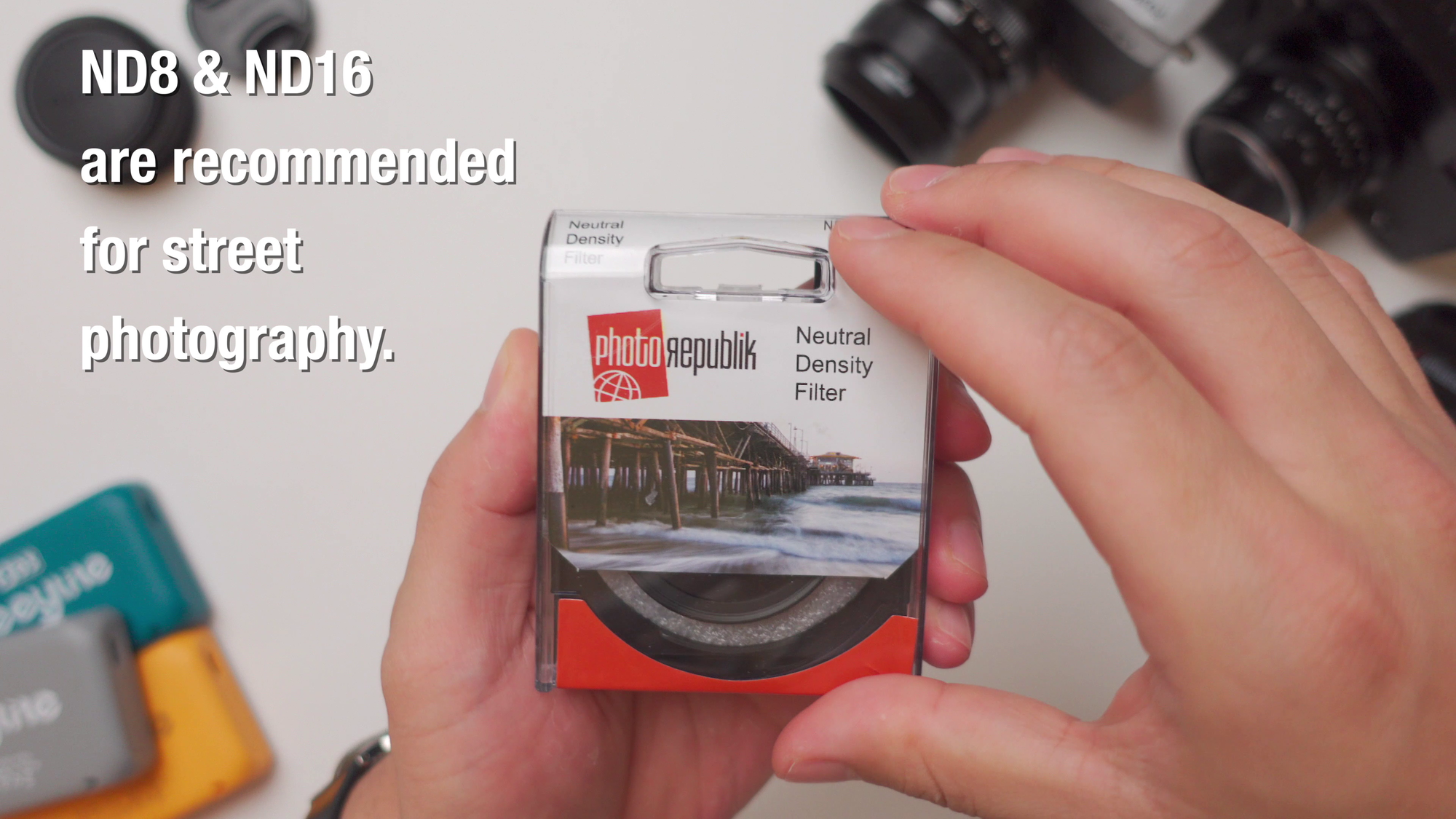

I wish the camera had a built-in ND, but regardless. Save yourself a headache and pick one of these. ND8 & ND16 work best for me.
All of that being said, The first x-trans sensor really is the most important thing about the X-E1, sharing the same sensor as the X-Pro1, having the same organic look and feel, and being able to adapt the same film simulation recipes is key.
The Versatility Of The X-Mount
One of the most important things most people consider when changing camera ecosystems are the lenses, the variety, flexibility and options, and after looking into it and using these cameras for a while, I’m pleasantly surprised to see the available options out there.
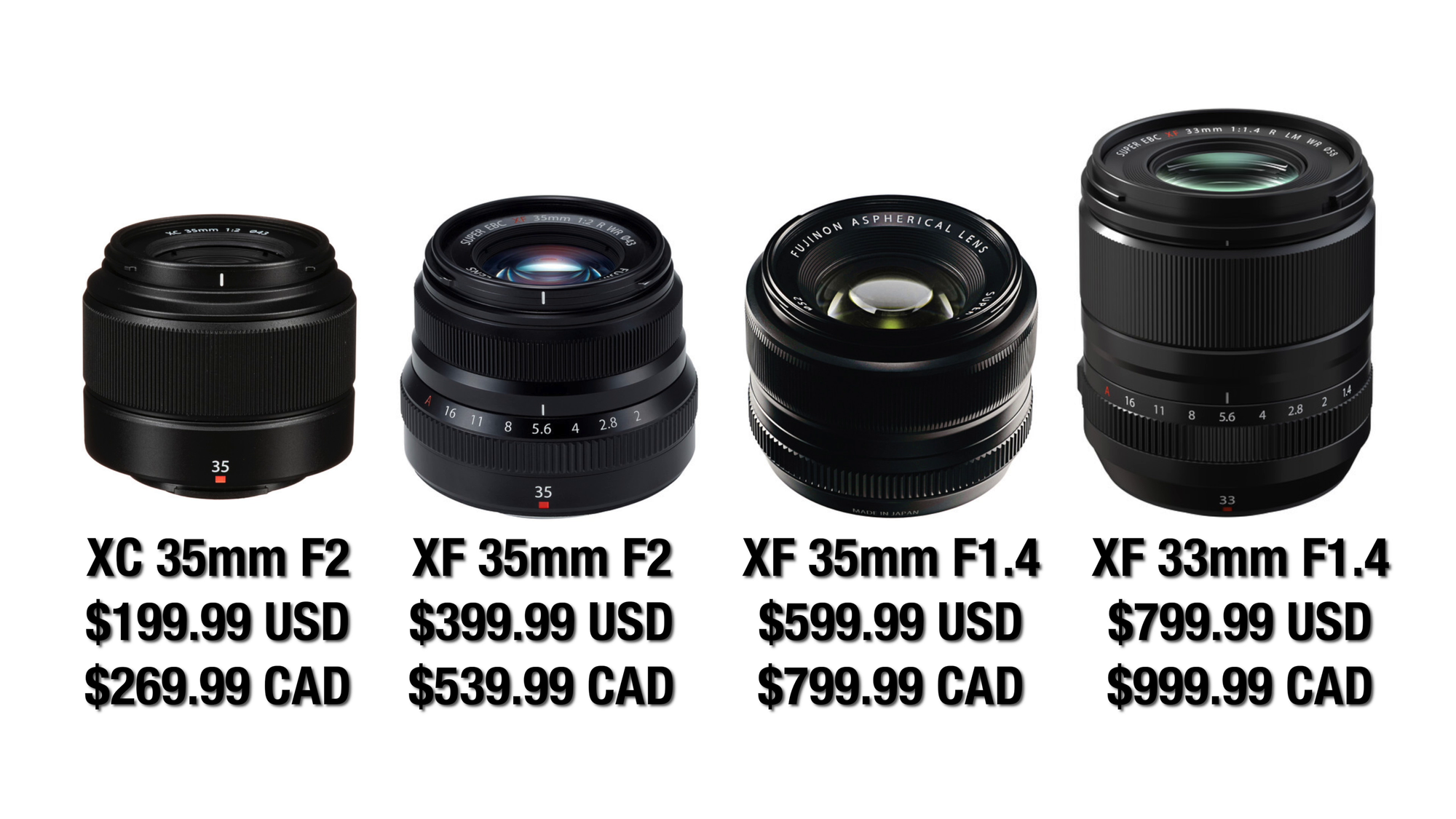
From the high-end range like all the NEW fuji f1.4 prime lenses, which are really high quality, and high price, to the smaller, and snappy Fujicrons, great image quality with a reasonable price tag.
But also 3rd party lenses like the famous Viltrox lenses which seem to be good quality at a decent price. The low-end range but still quite popular options like the 7artisans lenses, affordable options that offer a full manual experience.
And last but not least, just adapt old film lenses, Nikkor, Canon, Minolta, etc, you name it. If you are wondering which lenses to choose to start your photography journey with, then check out some of the ones I have reviewed:
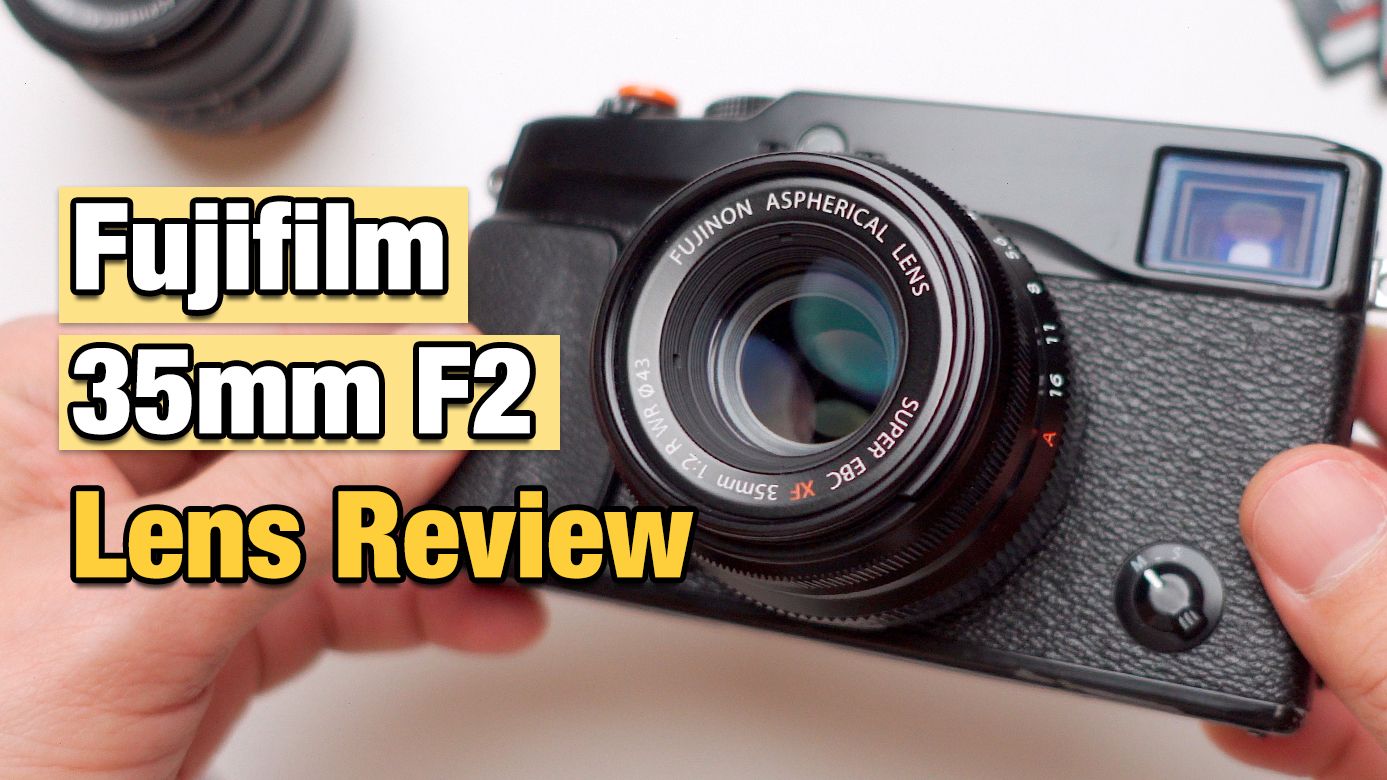
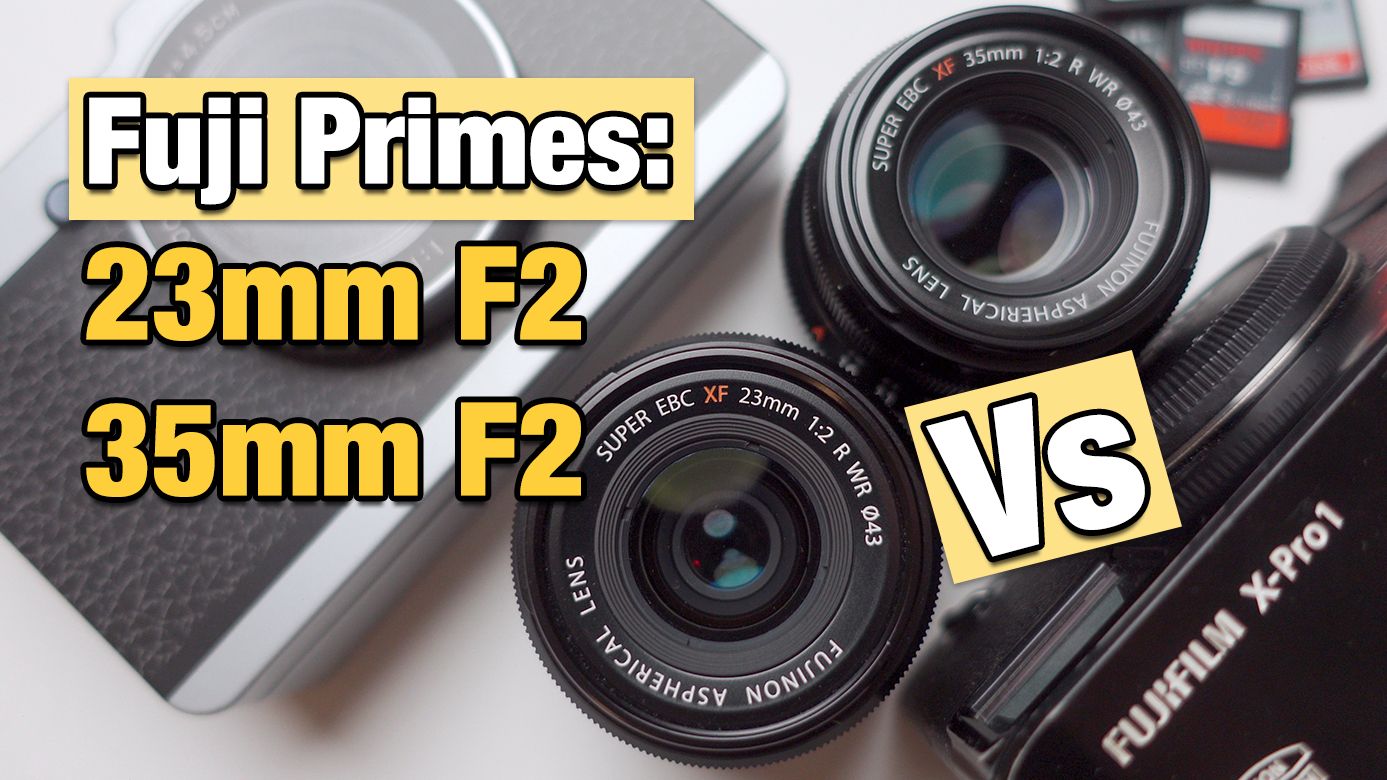
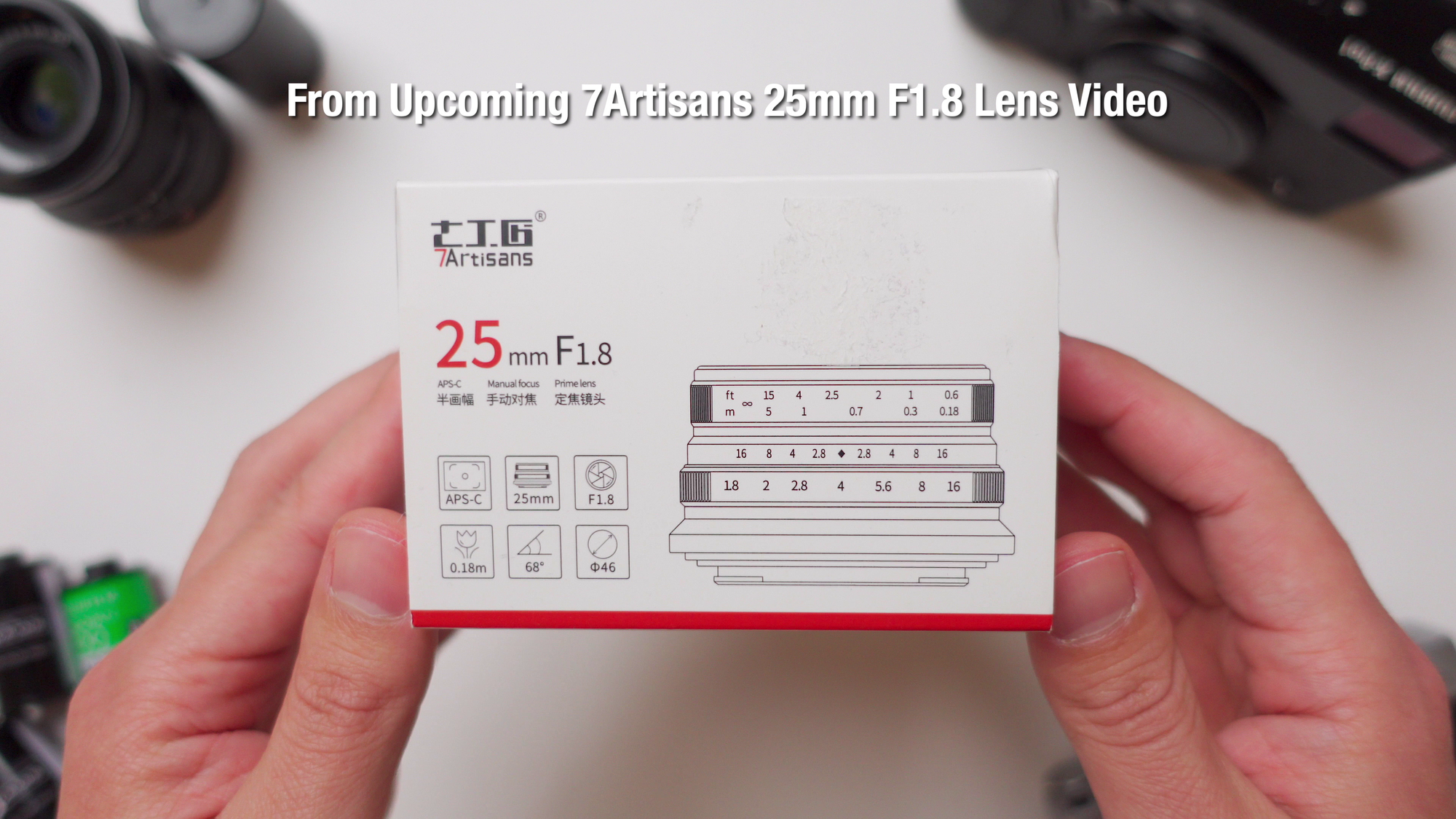
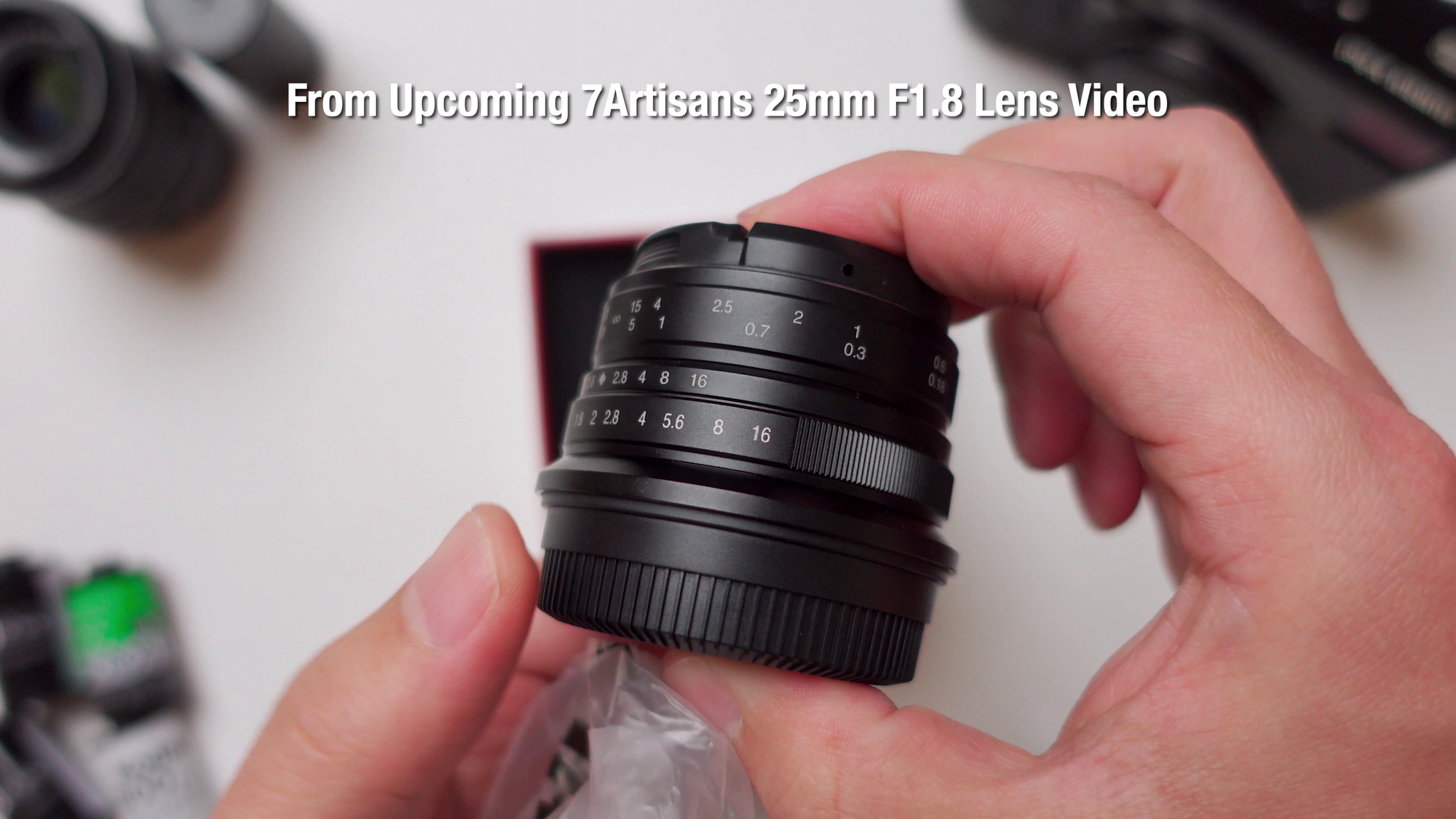
Also, I will be reviewing one of the cheapest options available, the 7artisans 25mm f1.8 lens in the next couple of weeks, effectively making this particular camera and lens combo the cheapest way to get into the fuji ecosystem, stay tuned for that.
The Build Quality
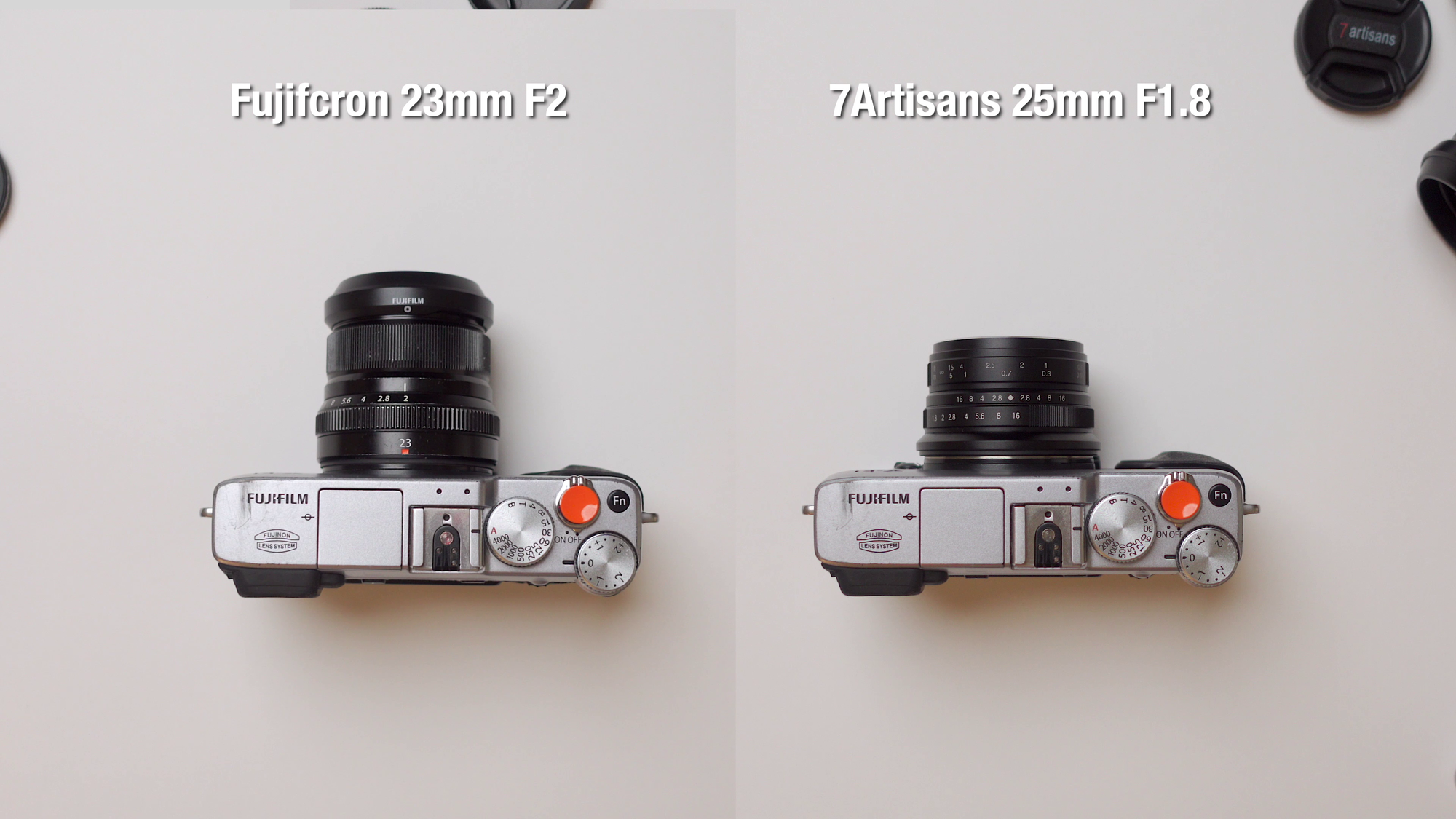
This camera is very small and light, In fact, it’s so small that the Fujicron 23mm F2 lens looks massive. The 7 artisans 25mm looks more reasonable, so if you’re using this camera with the 27mm F2.8 lens, then it will be a very compact & light setup.
I have mentioned this before but I love the look of these types of cameras, the tactile knobs and dials, and the rangefinder-style viewfinder.
This is my preferred way to control and change my settings over navigating menus and deep-diving looking for specific settings, even if the flagship Fuji camera moves away from that, I will still prefer the knobs and dials.

Having quick access to some of the most important settings like the aperture ring (if your lens supports it), the shutter speed dial and the shutter compensation dial are the way to go.

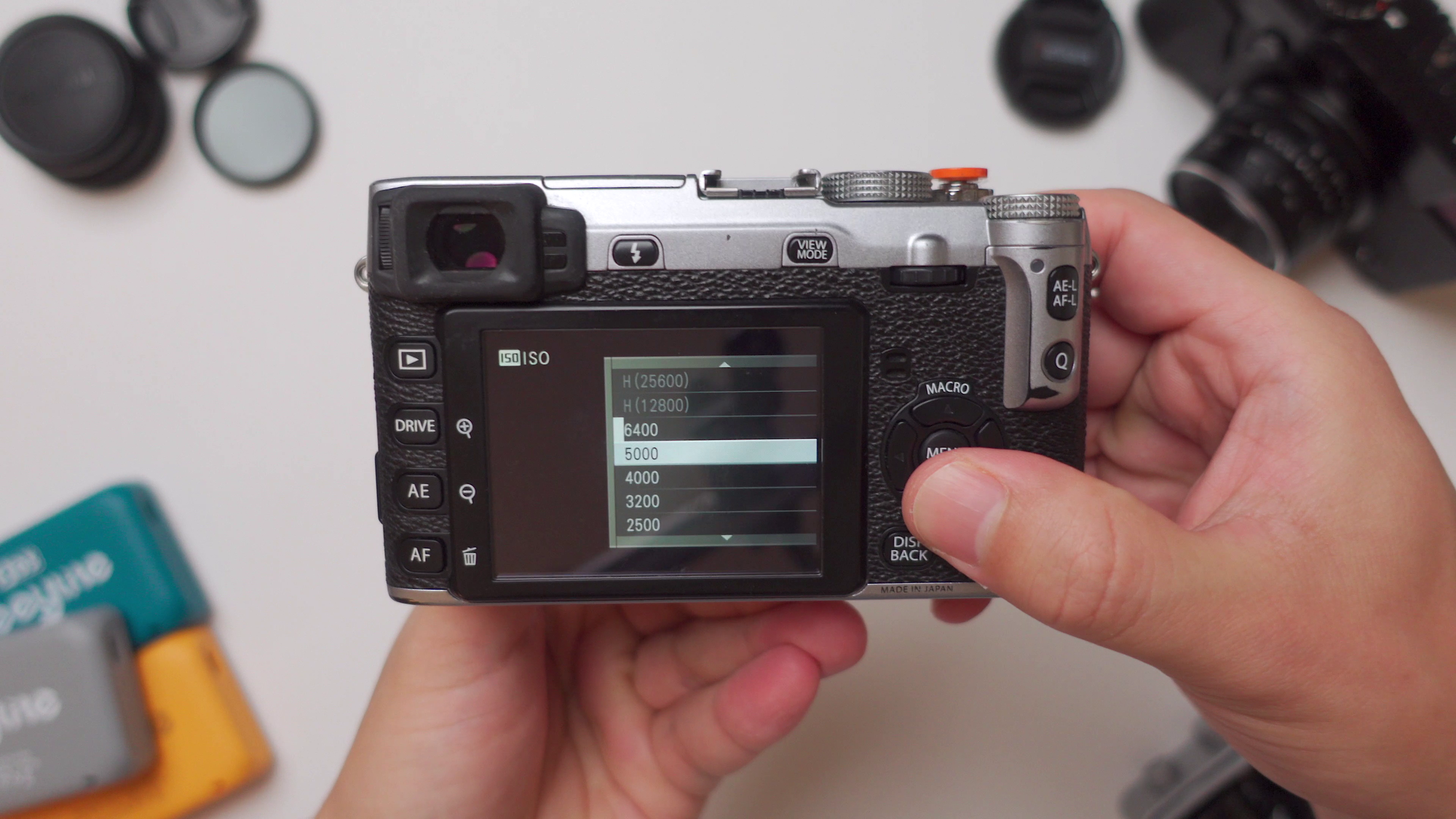
And although you don't have a dedicated ISO dial, you do have a quick access custom function button that allows you to access ISO quickly or any other setting that you want to assign it to.

You also have a second custom function button, the down arrow on the D-pad is also customizable as well.
The viewfinder is decent, with higher resolution than the previous cameras, the X100 & X-Pro1, and you have a diopter dial, much more convenient than having to buy correction lenses online, like the X-Pro1.
And the last thing I want to mention is that the camera is not weather-sealed, so plan accordingly. I have mentioned in my x100v review the importance of weather sealing and showed you why I need it:

The Feel & Usability
The shooting experience is what matters, the dials, manual settings, the small and compact body, it all adds up.
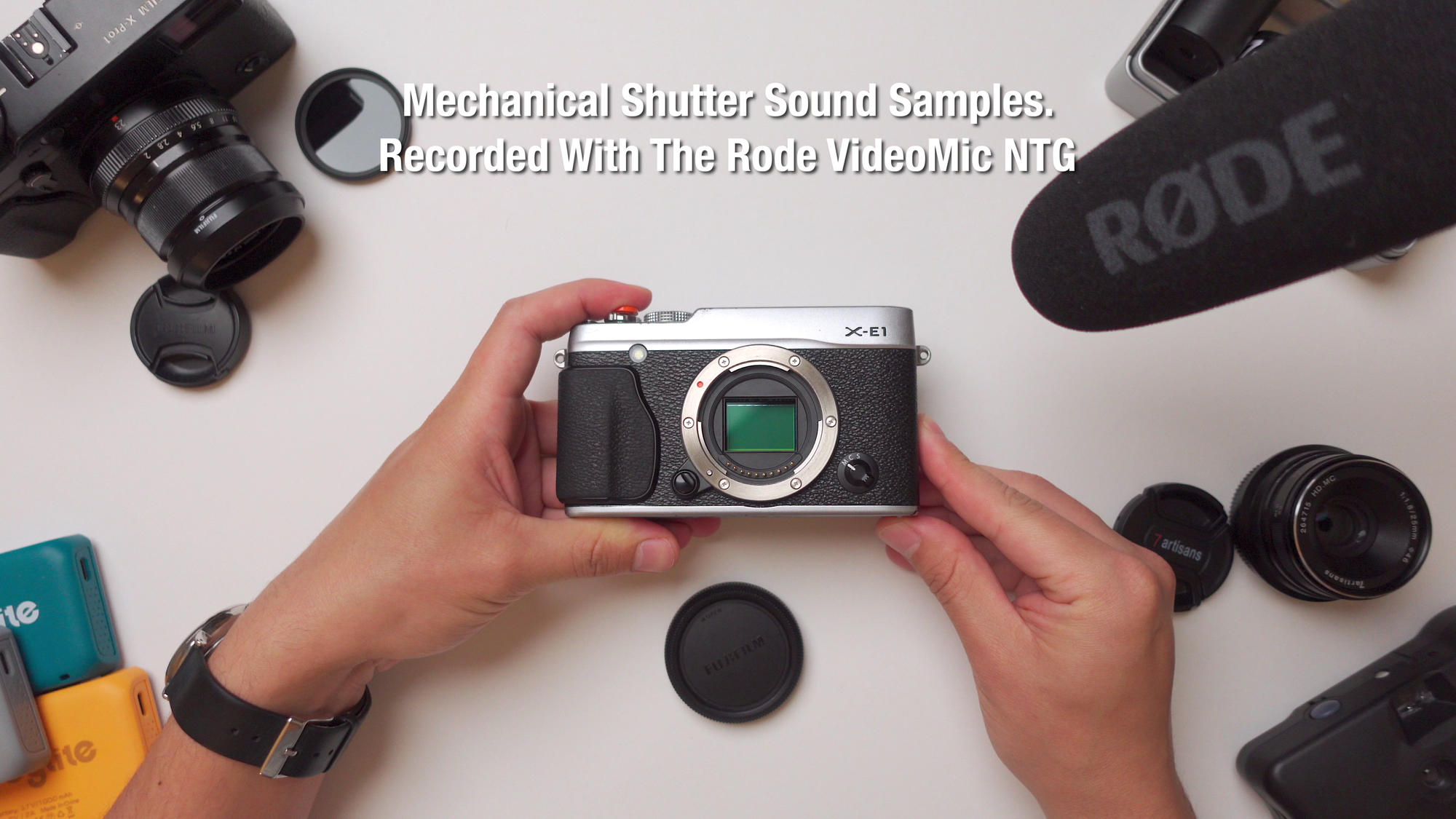
I love the mechanical shutter sound, and how the camera feels when you take a photograph. But just like I mentioned in my X-Pro1 review, people can hear it and will notice it, vs shooting with a noiseless shutter like the X100 series, keep that in mind. Make sure you check the video version of this review to hear the shutter samples, linked at the bottom of the post.
Although the camera is fun to use, there are a couple of things that fit into this category that we need to talk about. Some of these issues have been resolved in newer iterations of this or other models, but still, If you buy this camera, then these are things that you have to know nonetheless.
The shutter speed maxes out at 1/4000 of a sec, and it does not have an ND filter built-in. Which makes having to buy an ND filter a necessity.
The autofocus is very slow, I personally use the back button focusing method, so this does not affect me too much, but yes, it is slow, and this is important to know, because of the marketing and the demographic that the camera was intended for.
This camera was made for the average everyday person, small, light, with a flash built-in, so the autofocus is a big part of that. I don’t think that it’s reasonable to ask the everyday person, or parents that I saw very often in Japan and Korea taking photos with these types of cameras to use the back button focusing method or to really know the settings and operation of the camera by heart.


This brings me to the built-in flash, it’s a gimmick. If you intend to learn the craft, master the settings and want to seriously learn photography, then don’t use the flash, you don’t need it.
Summary - Pros Vs Cons
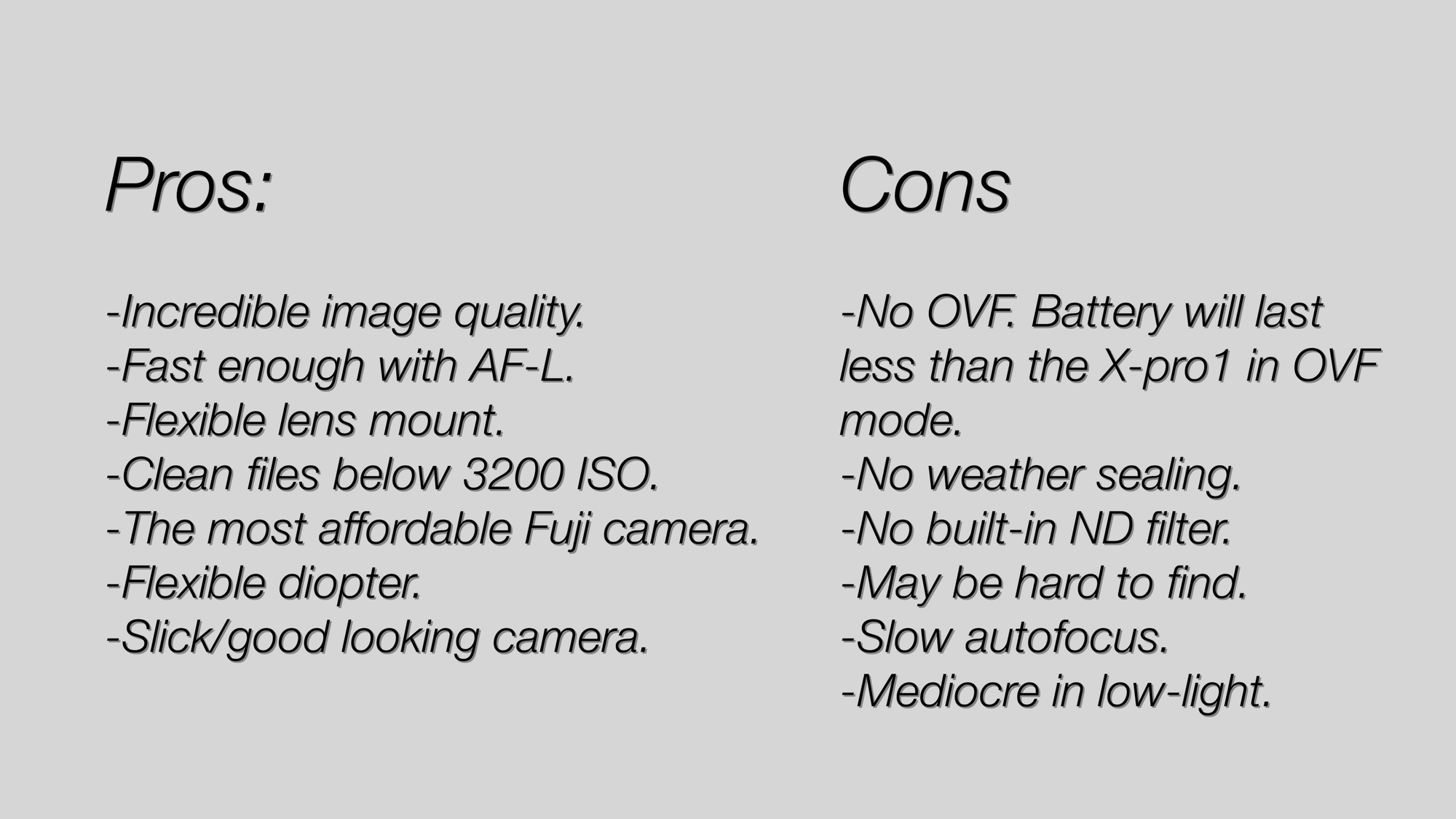
To start wrapping things up, this is a great camera, that I enjoy using, it helps me stay focused in the moment, and helps me create memories. Which is the most important thing in my opinion.
So, on one hand, we can say that it has incredible image quality, with an organic/film-like look, thanks to the first x-trans sensor.
It’s slower than most cameras, and the startup time and operation time, but the autofocus is very slow, not a problem for me since I use the AF-L button, but keep this in mind.
A great flexible mount that allows lots of options for lenses if you're on a tight budget, or you just want to experiment and test things. It has clean files if you stay under 6400 or 3200 ISO.
The cost of the camera is fairly low, compared to some of the newer cameras out there, and compared to the used X-Pro1 market.
The diopter dial really is a great thing to have. And it's just sexy looking camera, that matters to me.
On the other hand, no optical viewfinder, weather sealing is definitely something that matters to me as well. But the lack of an ND filter is another negative in my opinion, but I understand that this is a feature that most people don't care about.
And last, but not least, the camera is very affordable, but can be difficult to find for a reasonable price
Removing The Barrier To Entry - Cost

To be clear and transparent, I paid $180 Canadian dollars for the body and $350 Canadian dollars for the Fujinon 23mm F2 lens, all used equipment, and I highly encourage you to pick up a used lens as well.
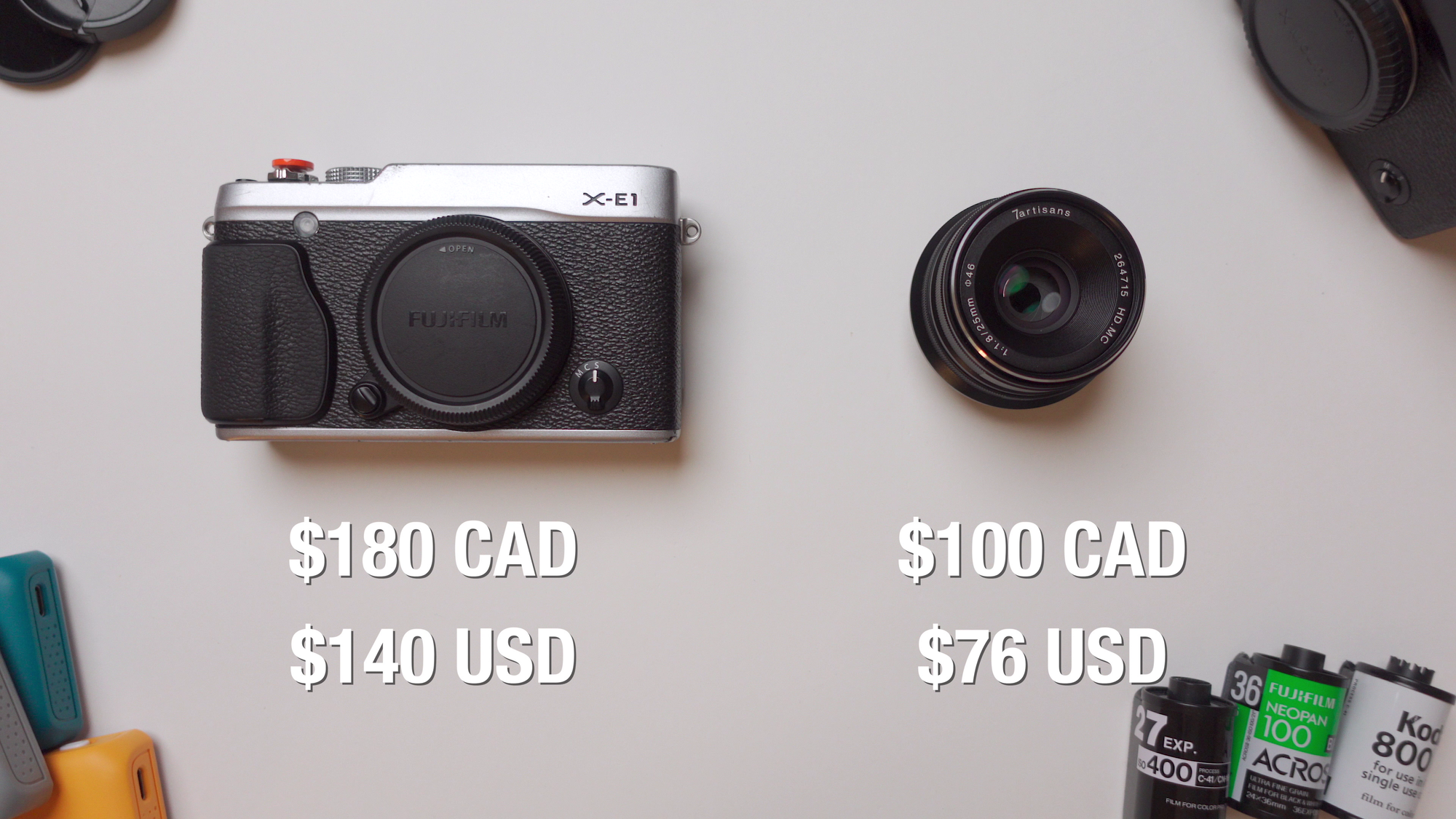
Or if you prefer, around $100 Canadian dollars for the 7artisans 25mm f1.8 lens.
And that is all you need to get started, It’s cheaper than the X-pro1, and has most of the core features, for the most part. I still prefer the X-Pro1, but this is a great starting point, a great way to start your photography journey and a great way to get into the fuji Ecosystem.
So if you're serious about photography, and you want to invest in gear that will help you get started or advance your craft and your skills, without breaking the bank, Then this is it, the Fujifilm X-E1.
Video Review - YouTube
This post is a written version of my YouTube video review, you can watch the full video review of the X-E1 camera here:





